It appears that water heaters are changing constantly. The reality is that we are just catching up to what has been used overseas for decades. Tankless units and offline storage are nothing new there. While we have had “on-demand” water heaters in the domestic coils found on some boilers, modern tankless systems are a big improvement. In this country Government mandates are affecting conventional tank-style storage water heaters. A simple replacement calls for larger and more expensive units that are heavily insulated. In capacities above 55 gallons a heat pump hybrid or condensing system must be used. That said, many of the same old concerns apply. Proper venting, secure mounting in an acceptable location, no leaks, TPRVs in good order, adequate hot water delivery at a safe temperature, etc.
“Storage” tank units have been the mainstay in this country. Inspect for a secure installation; a 50 gallon model holds over 400 lbs. of water. You should be familiar with FVIR (Flammable Vapor Ignition Resistant) units. The combustion area of a water heater must be 18″ above a garage floor unless it is FVIR. The FVIR features must be intact, and the appliance protected against impacts. The maximum safe water temperature is 120° F. even if there aren’t children in the home now; there may be later. Water heaters must sized to serve a full household. Remember, an electric water heater can’t deliver as much hot water as a combustion model. A 50 gallon electric unit can be matched in performance by a 30 gallon gas model. Water heaters that also provide space heating must be high output, around 65,000 BTUs, and have tempering valves for safety on the potable side.
Water Heaters in Garages
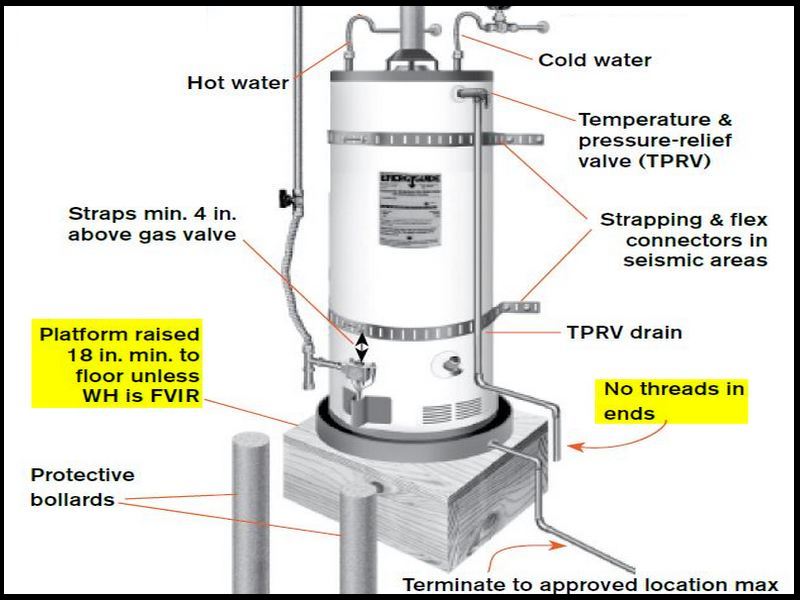
Flammable Vapor Ignition Resistant (FVIR) Water Heater
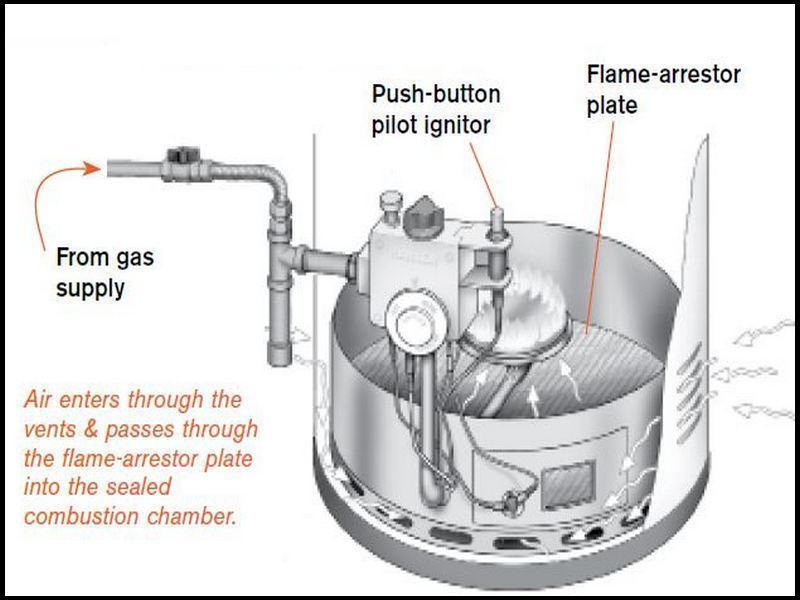
The water heater is rusted to an extent inconsistent with the age of the system. This may be due to a drafting problem, undetected leakage, or excessive humidity in the area. Hire a plumber for an evaluation and to repair or replace the water heater as needed.
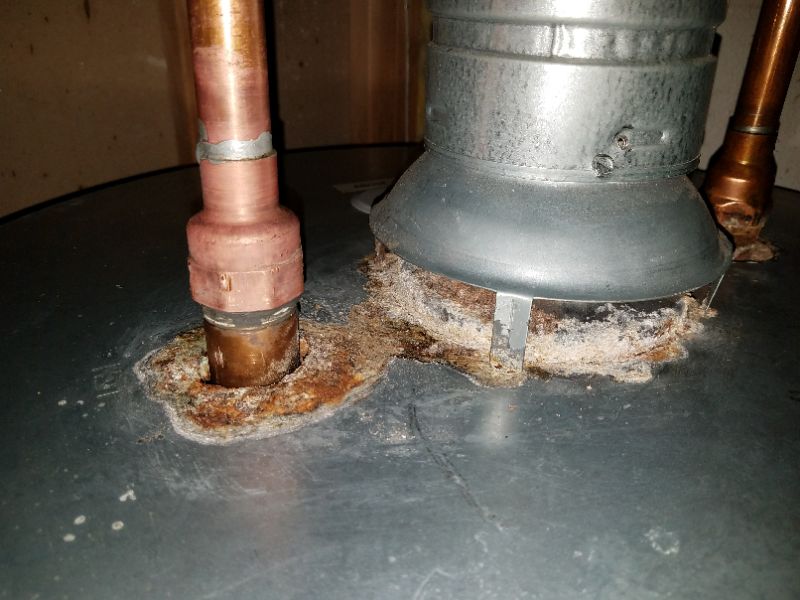
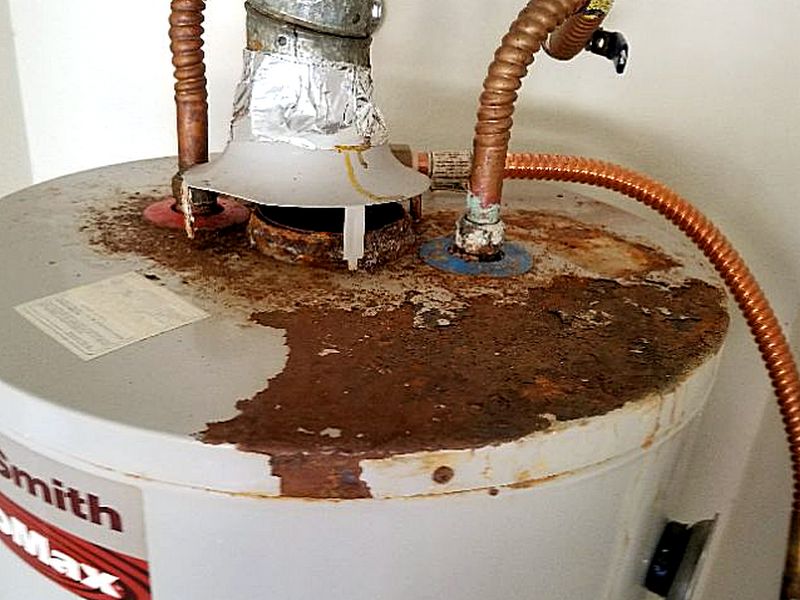
The water heater is corroded. This indicates an internal leak and a failing appliance. Hire a plumber to repair or replace the water heater.
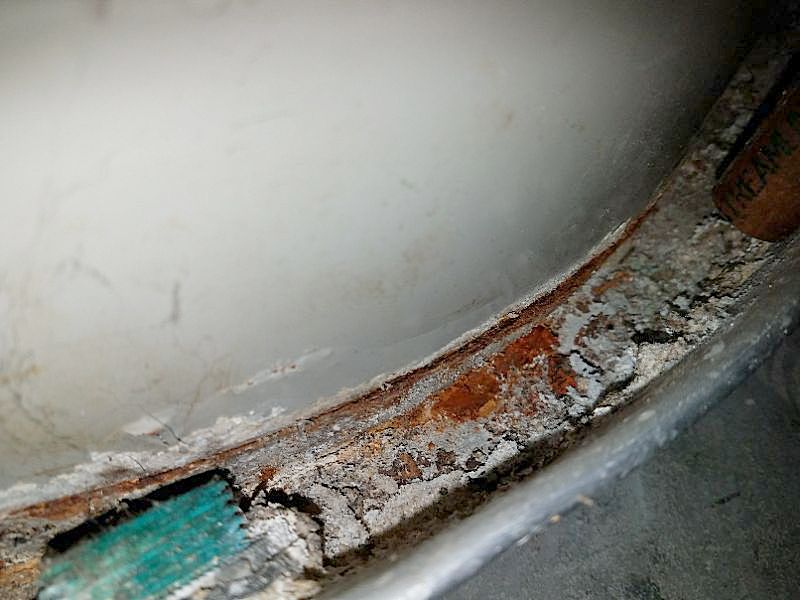
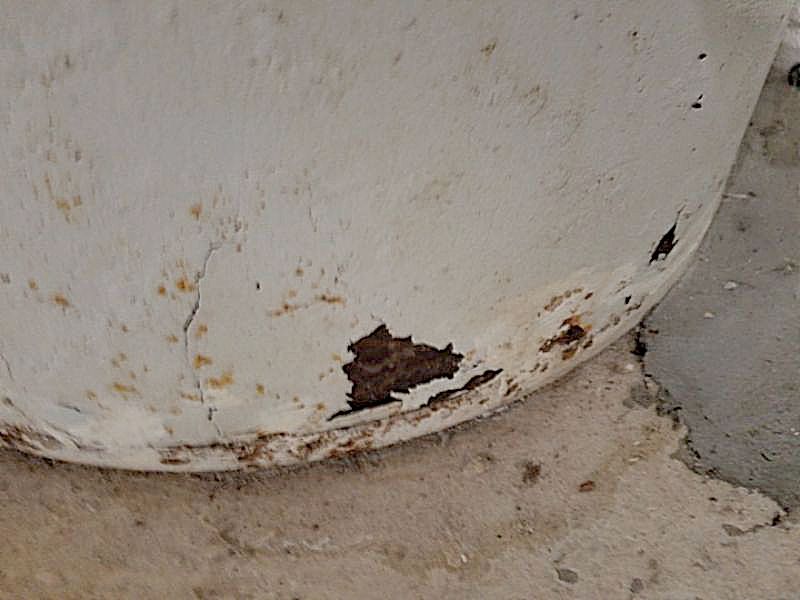
The water heater is leaking. This can cause damage. Leaking water heaters are generally not reparable. Hire a plumber to repair or replace the water heater.
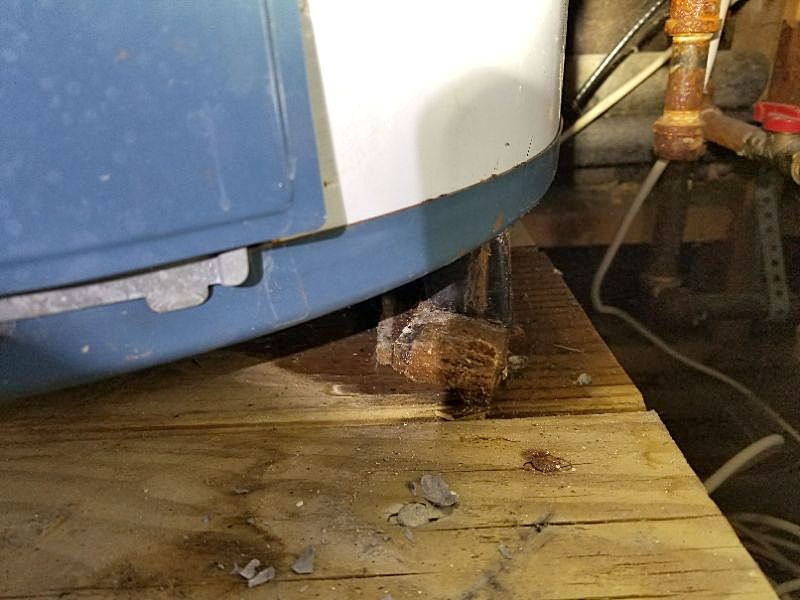
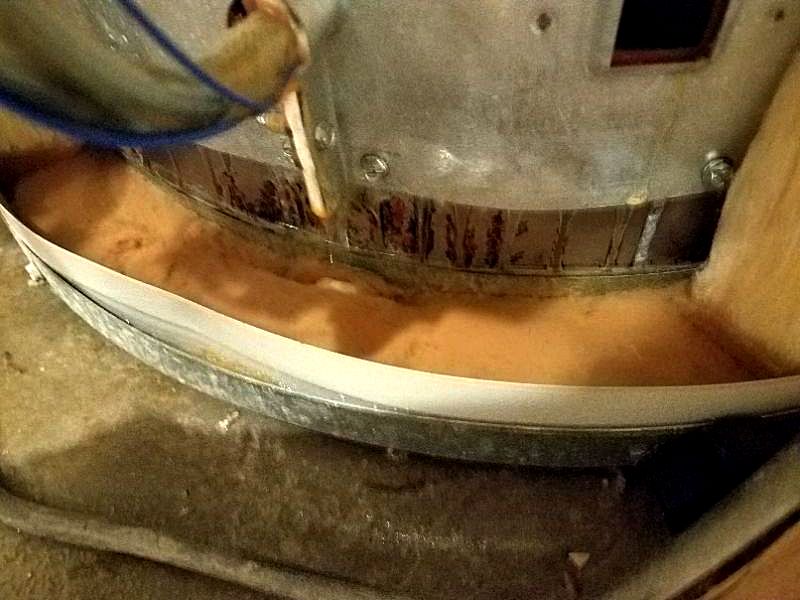
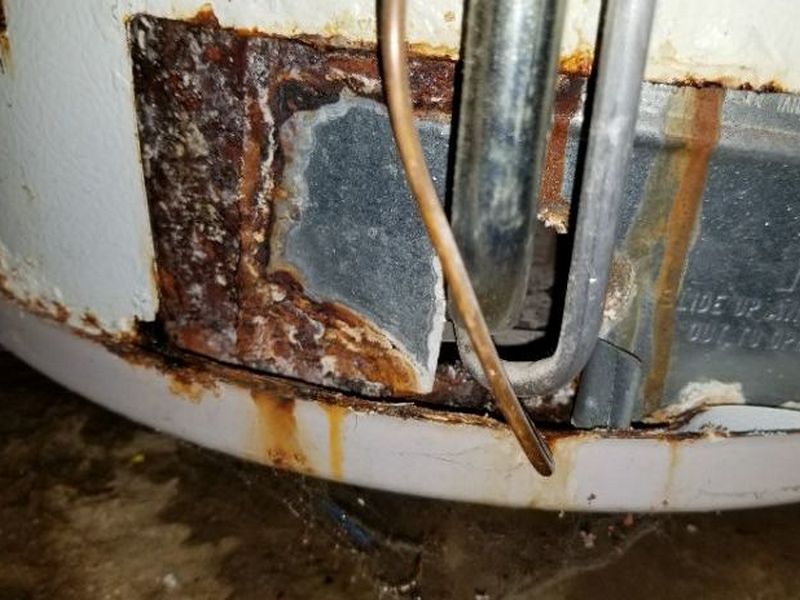
The water temperature as measured at fixtures is lower than what is considered generally acceptable. The specific reason for this cannot be determined in a home Inspection. Hire a plumber for an evaluation and to repair or replace the water heater as needed.
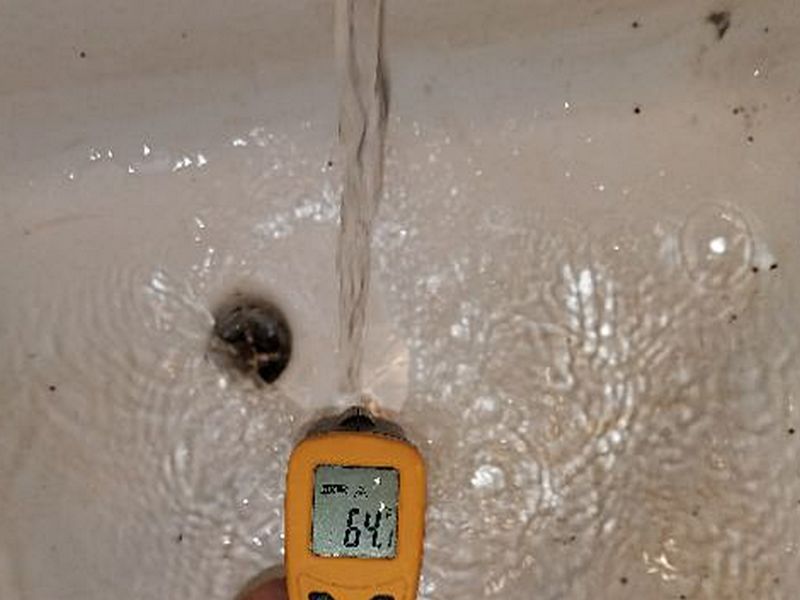
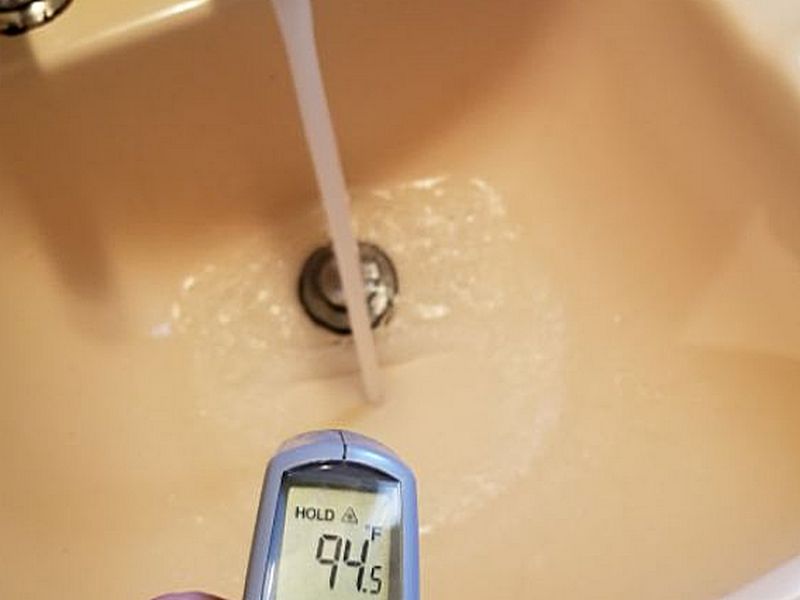
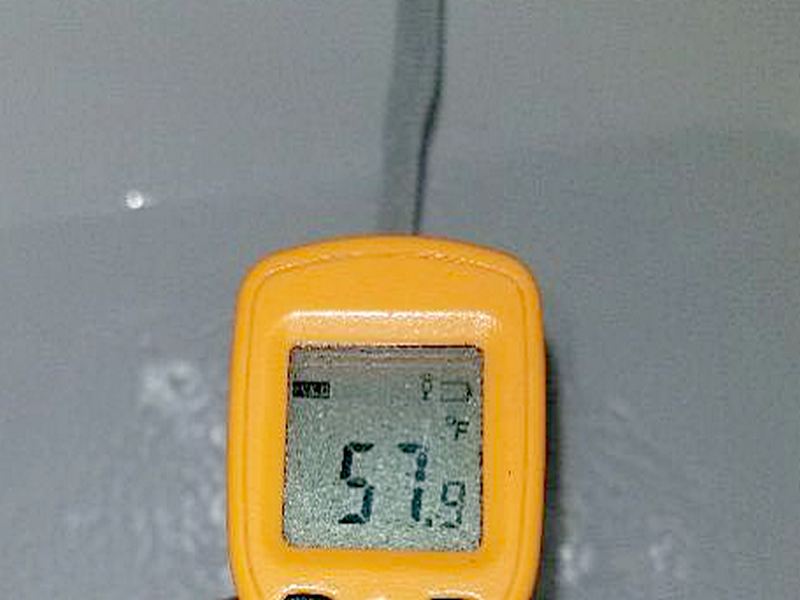
The water temperature as measured at fixtures is excessively high. Water hotter than 120°F can cause personal injury, particularly to children. This is a safety risk. Reduce the temperature at the water heater.
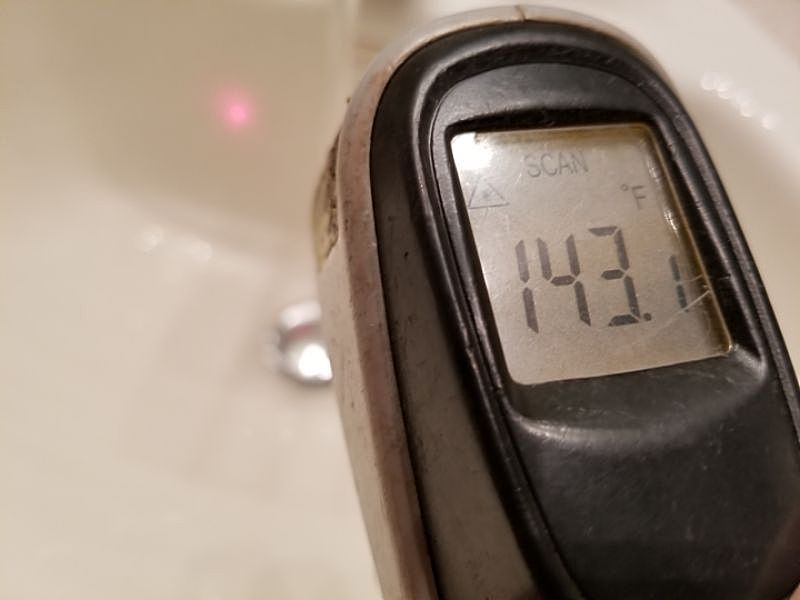
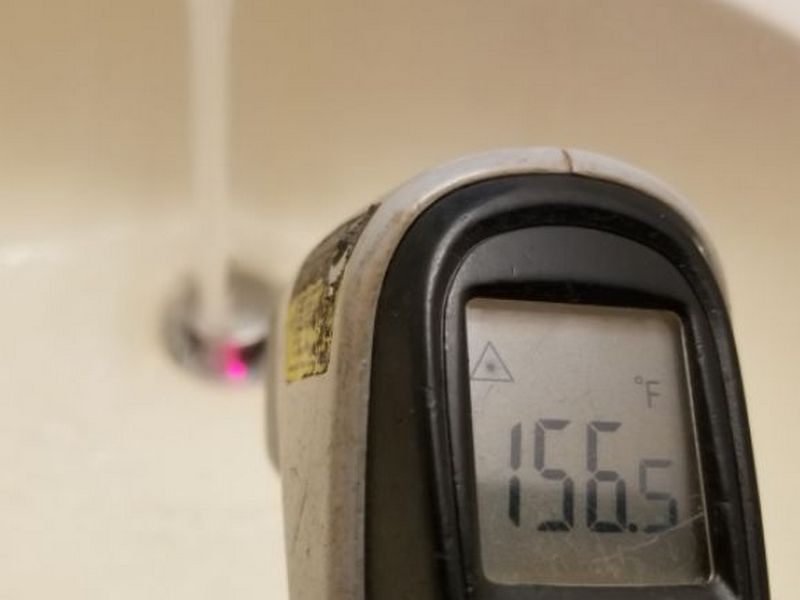
The water heater’s combustion compartment is less than 18″ above the garage floor. This is a safety hazard that permits ignition of combustible gases unless the unit is a FVIR (Flammable Vapor Ignition Resistant) model. Hire a plumber for an evaluation and to make repairs as needed.

The water heater does not have adequate impact protection. This is a safety concern. Install impact protection.
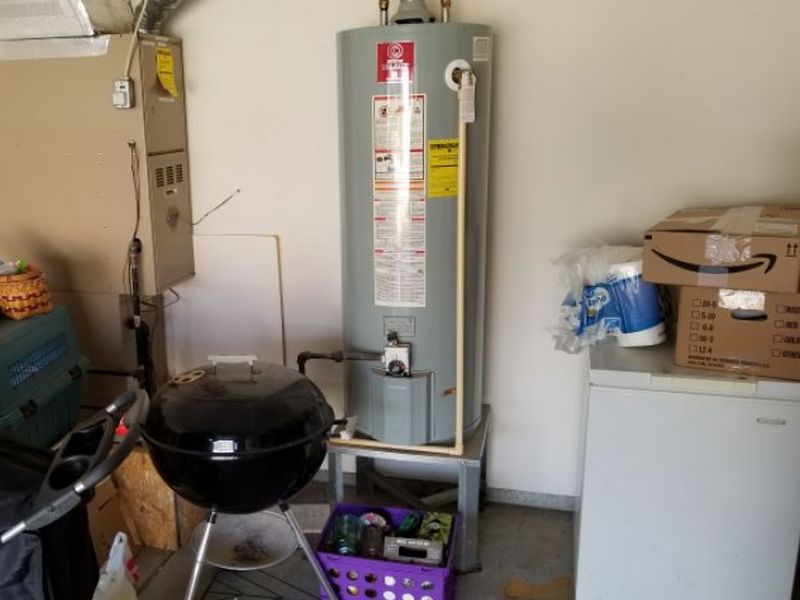
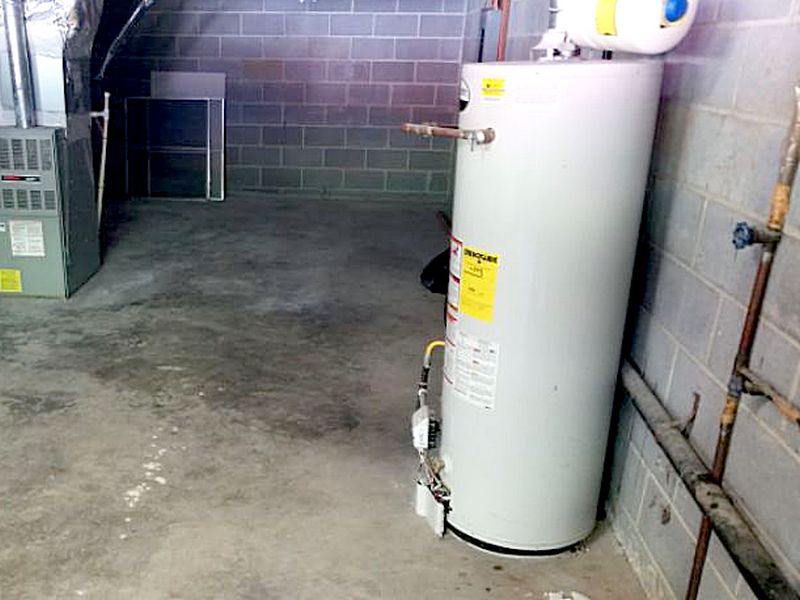
The water heater is not securely mounted. A wobbling, loose, or tilting tank can cause stress on the tank and piping system, and pose an injury hazard. Hire a plumber to properly secure the water heater.
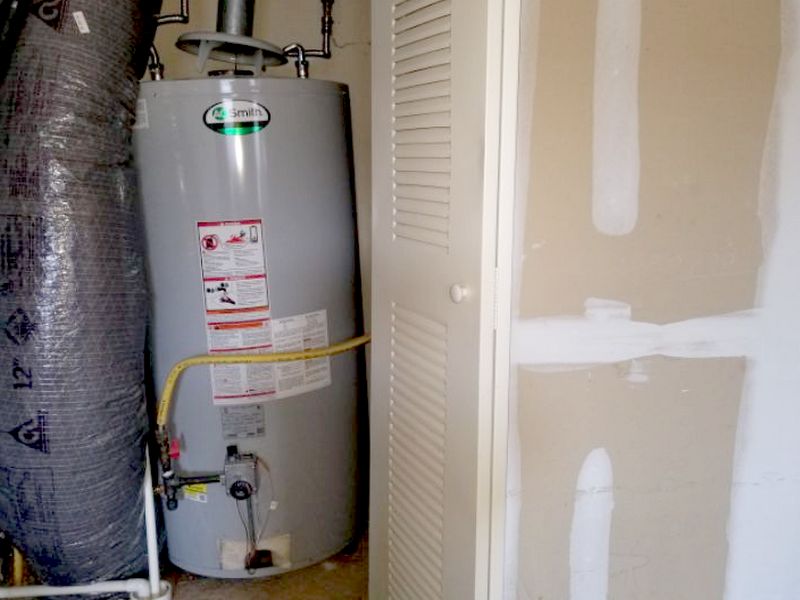
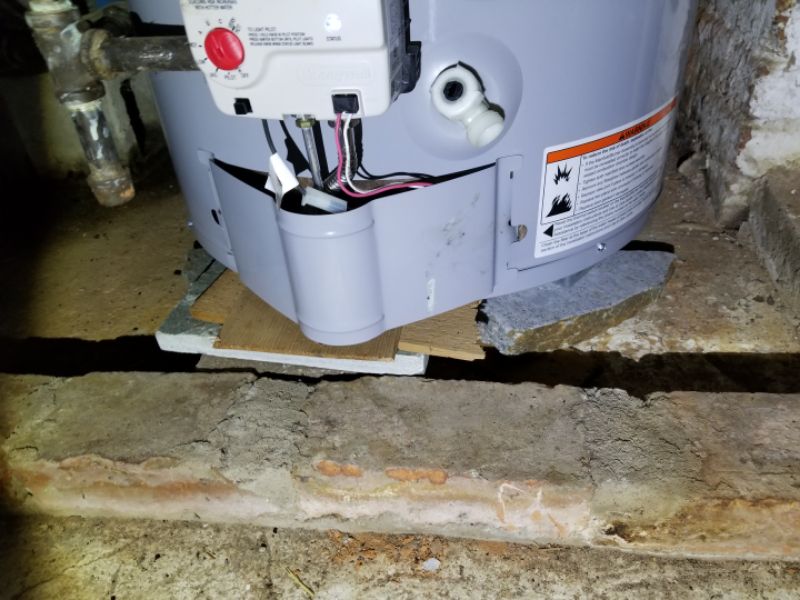
The water heater’s seismic bracing is inadequate. Proper bracing is necessary to stabilize the water heater in the event of an earthquake. This is a safety concern. Hire a plumber to install proper seismic bracing.
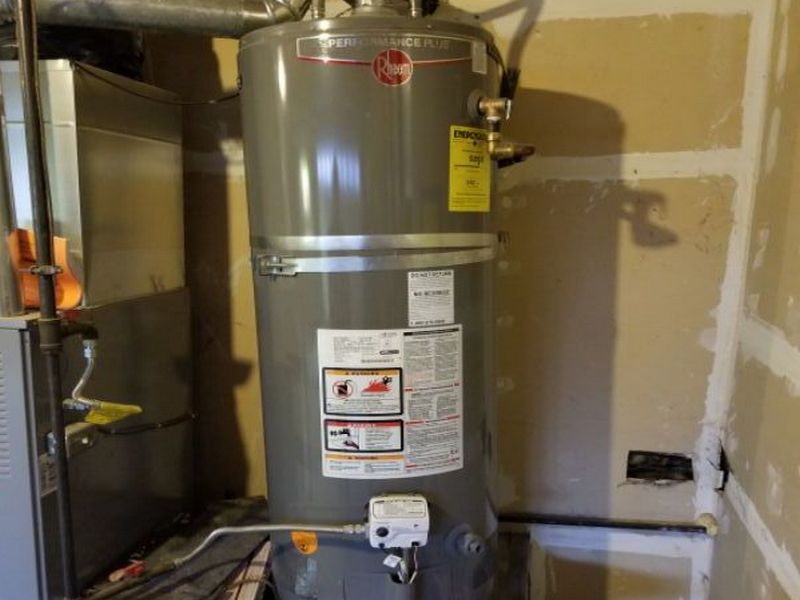
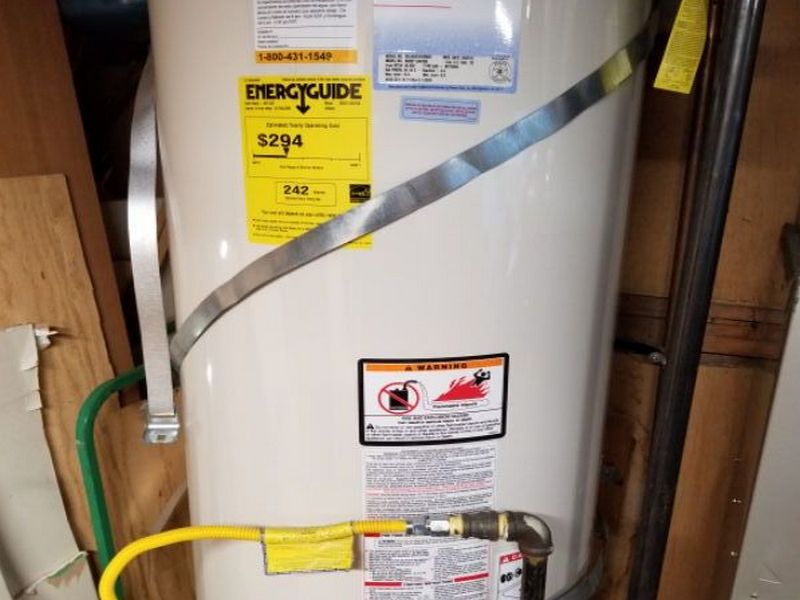
The water heater lacks an expansion tank or valve. This is a safety concern. Hire a plumber to install a tank or valve.
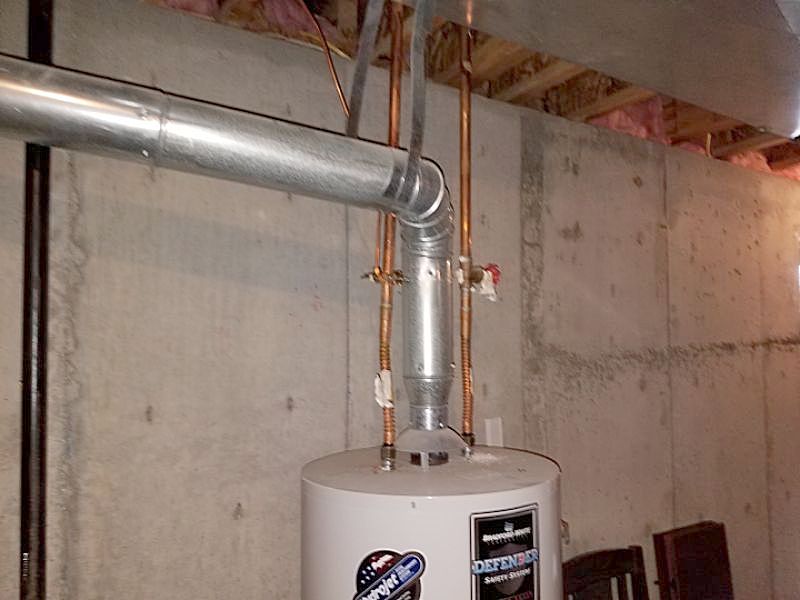
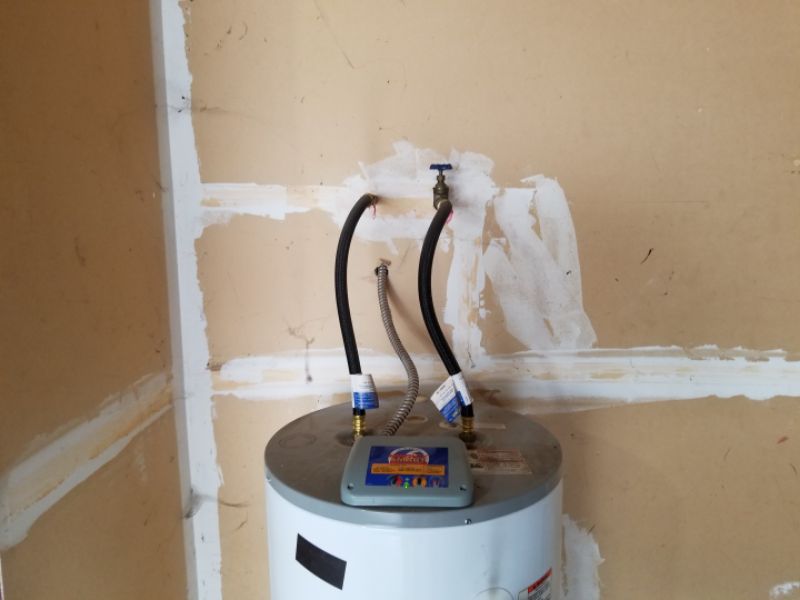
The expansion tank is not independently supported. This puts stress on pipes and fittings and can cause leaks. Hire a plumber to secure the expansion tank.
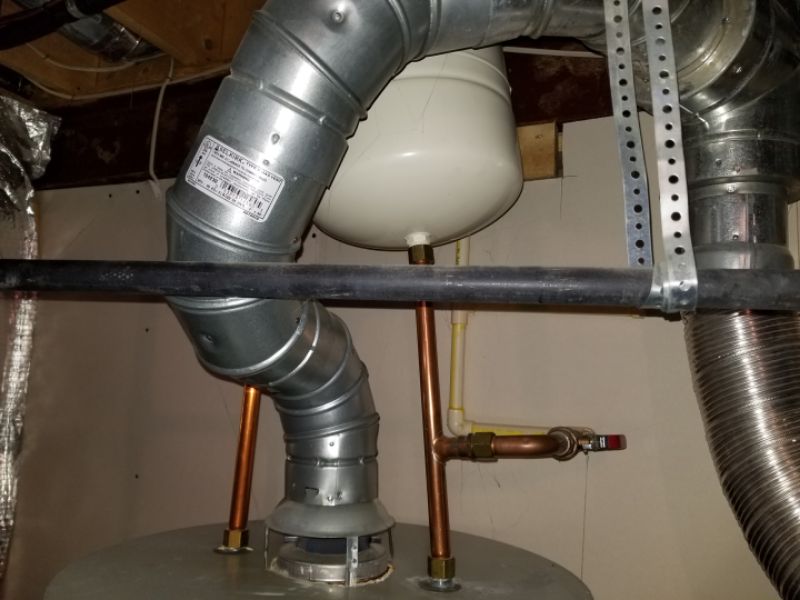
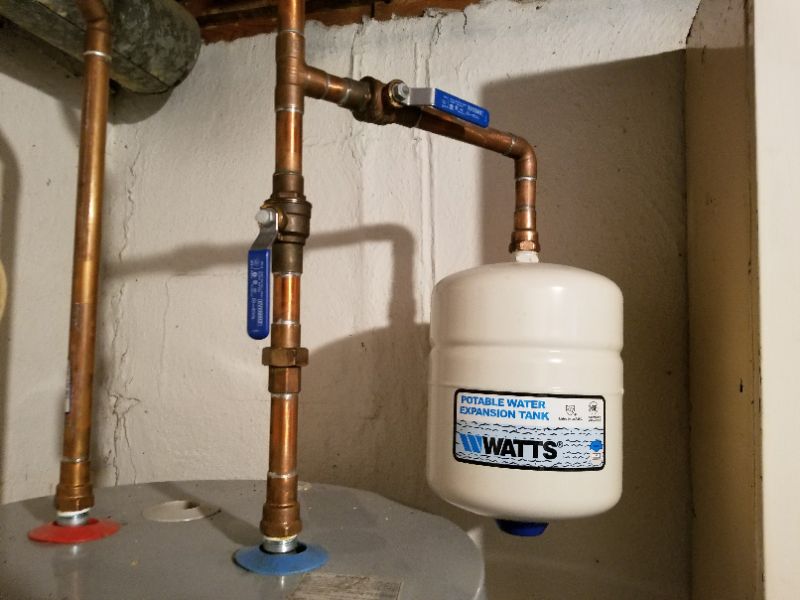
The water heater does not have a drip pan. Water heaters above finished areas should be installed on a draining catch pan to prevent water damage if the appliance leaks. Add a drip pan to the water heater.
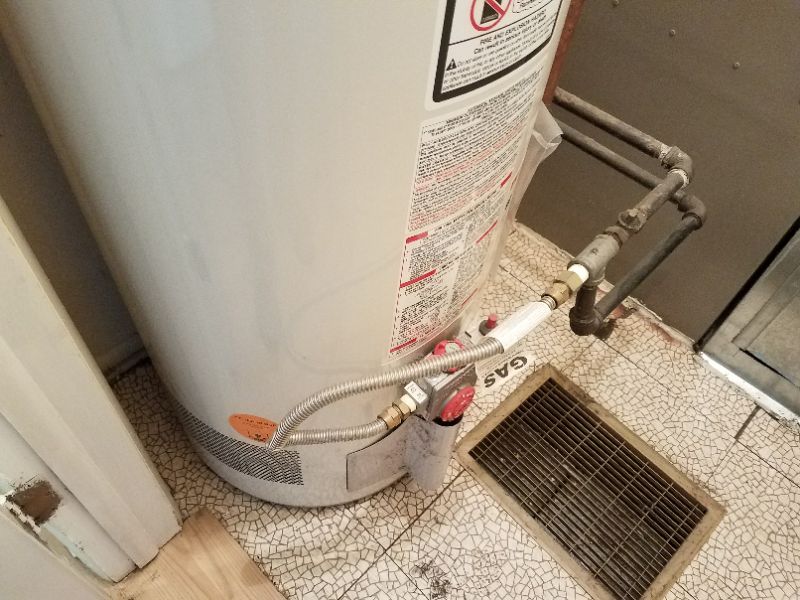
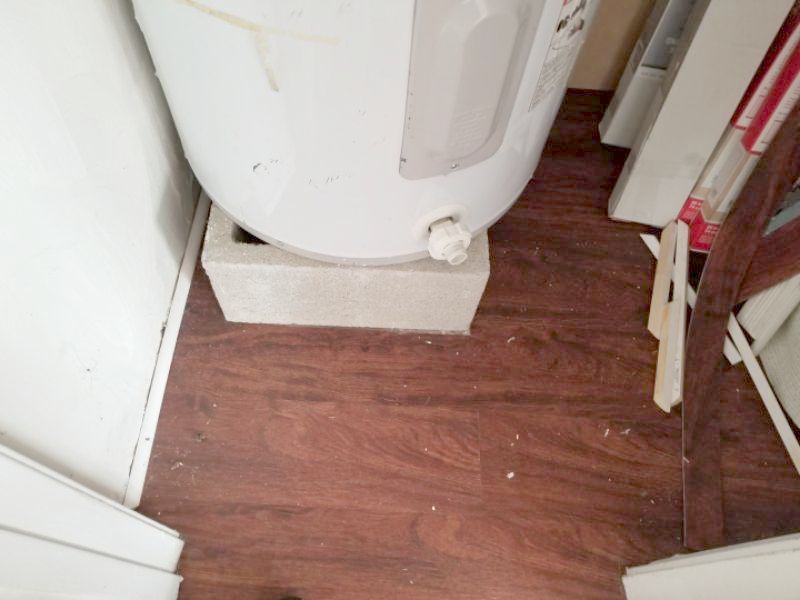
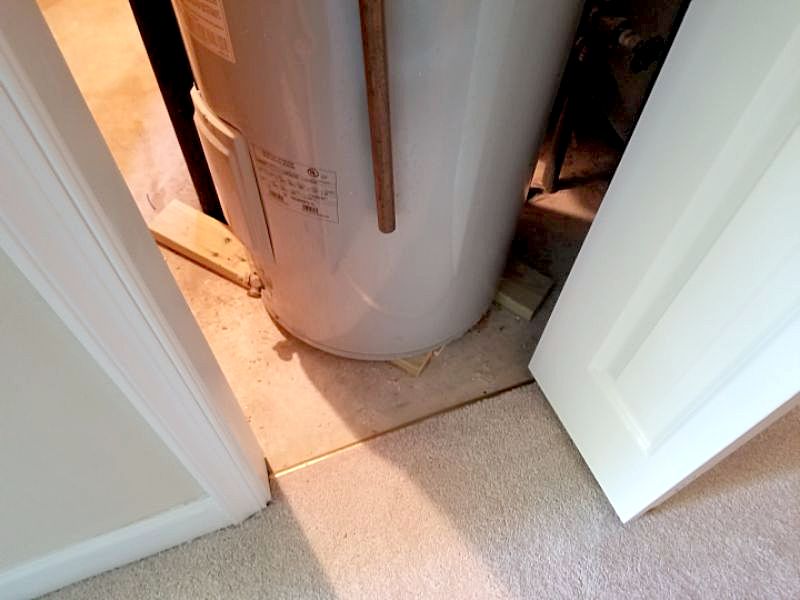
The water heater is improperly installed in a bedroom or bathroom, or in a closet for a bedroom or bathroom. This is not permitted for safety reasons. Hire a plumber for an evaluation and to make repairs as needed.
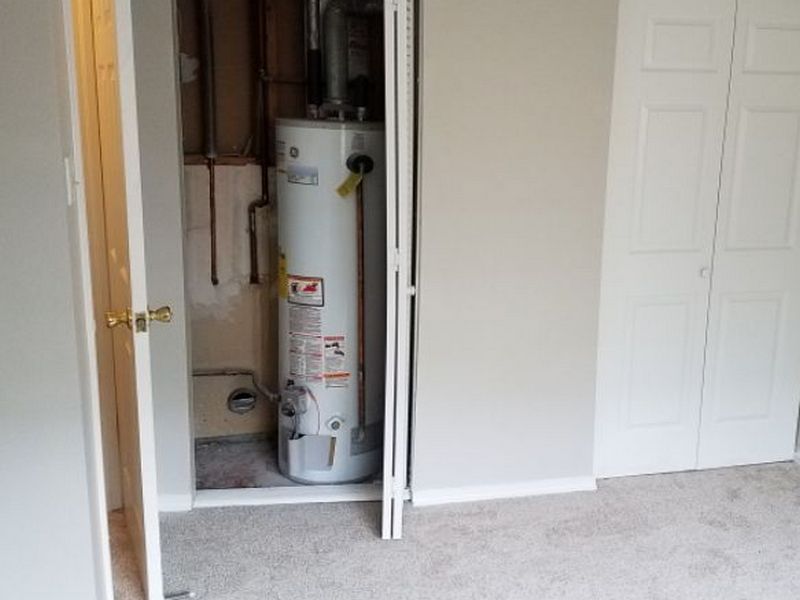
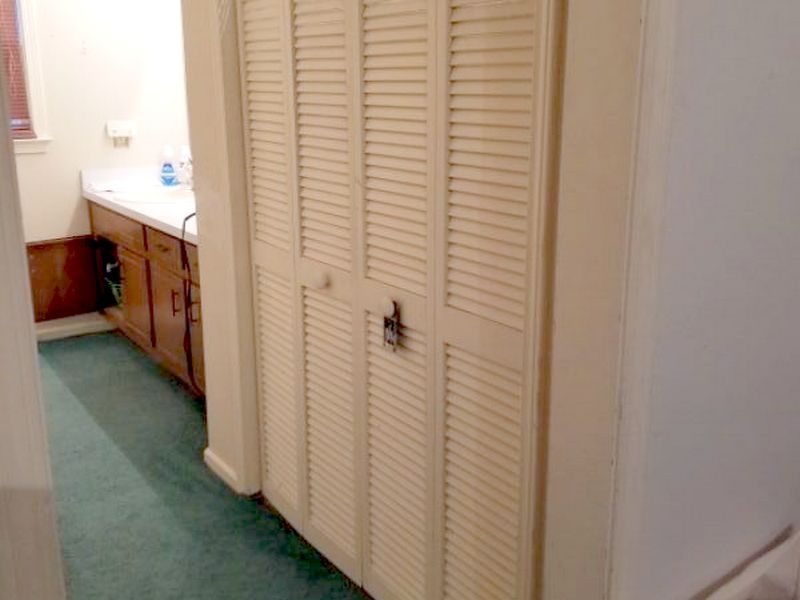
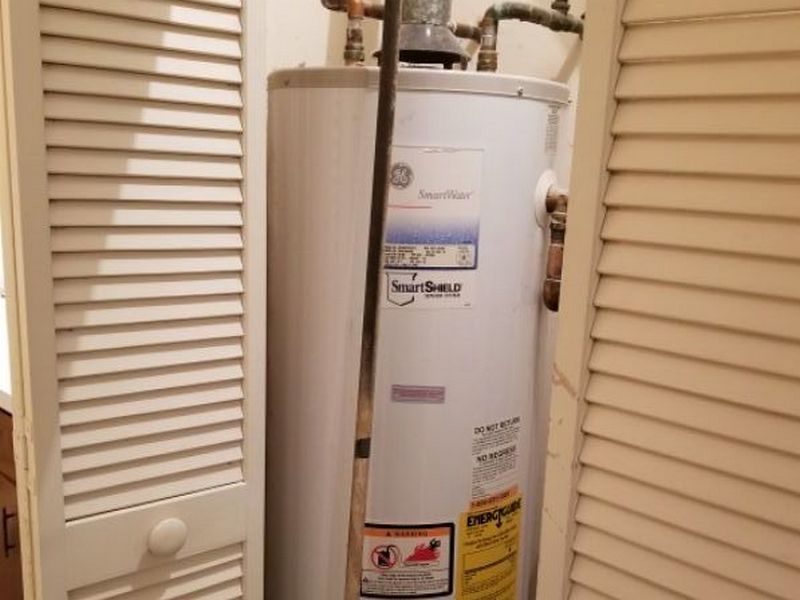
The water heater’s capacity appears to be too small for the number of bedrooms or fixtures. The hot water demands may exceed the recovery rate of the appliance. Hire a plumber for an evaluation and to replace the water heater as needed.

A conventional tank water heater is like keeping your car idling in the driveway in case you want to go for a drive. On-demand units only heat the water you use as it’s needed. Despite their initial cost and high BTU output, when done right they’re generally energy efficient. An older tankless system is the domestic coil in a home’s boiler. These systems required the heating plant to fire all year-round. The coil was in contact with the radiator/baseboard water, and was warmed indirectly. Not especially efficient, but many are still being used, usually in oil boilers. By contrast, modern on-demand units apply the fuel’s heat to the water as it passes through a heat exchanger.
Tankless water heaters have specific models for interior and exterior use. They require special Category III and IV flues, and cannot be installed with B-Vent. They are labeled with clearance requirements that must be followed. Direct-vent models that draw combustion air from the exterior can be used in bedroom and bathroom closets. Pairing a tankless water heater or a boiler with an offline storage tank is becoming common. Additionally, domestic coils are often paired with a conventional tank system. In the summer, the boiler is shut down and valves are used to place the tank unit online as the potable hot water source.
This shows basic tankless water heater operation.
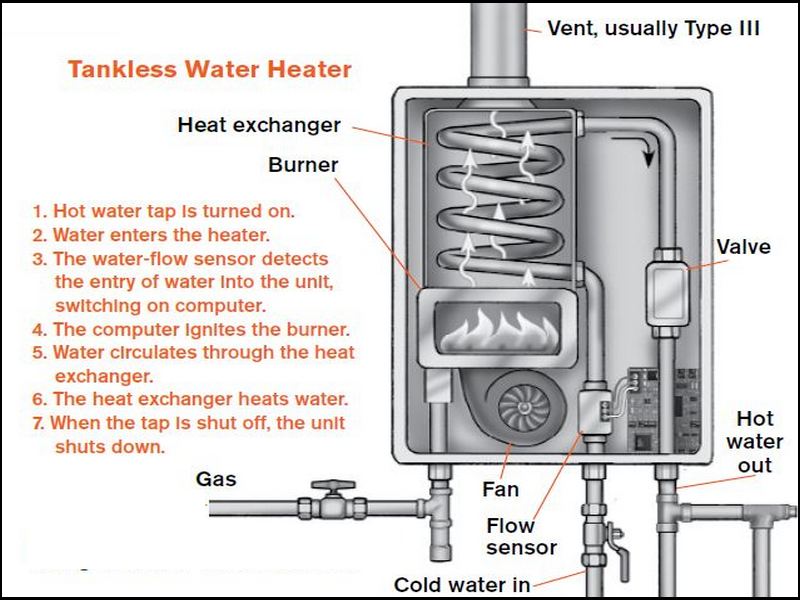
Modern tankless water heaters use positive flue pressure. In side wall venting it’s not uncommon to require a slight downward slope in the flue to drain any condensate to the exterior.
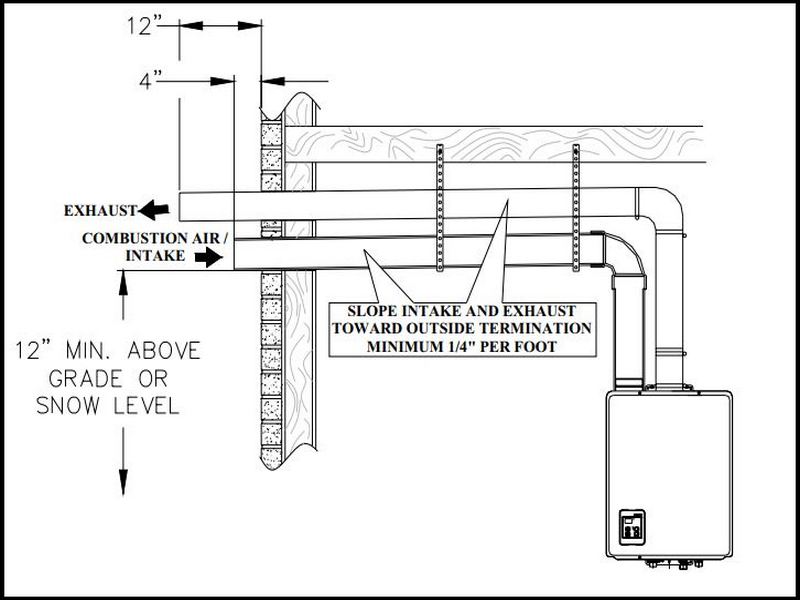
Domestic coils are usually found on oil boilers used to heat the house.
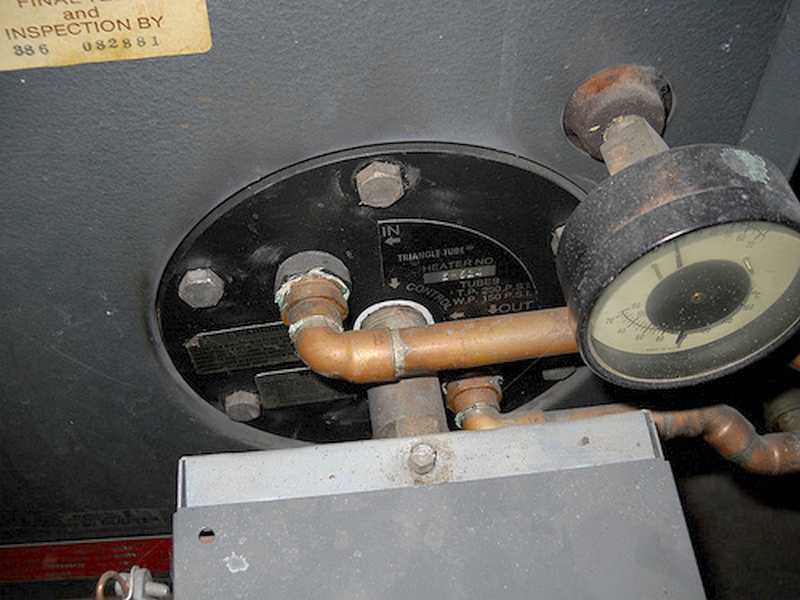
If there’s lots of hot water at a sink faucet, but it turns cold at an unregulated tub faucet, the domestic coils’s probably past EUL. Here’s a new one being installed.
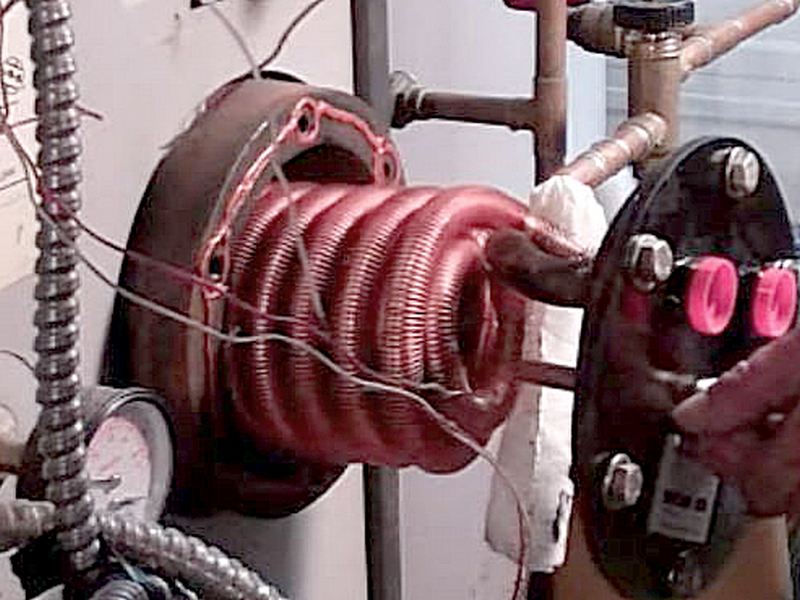
Offline “indirect” tank storage can be used with a tankless water heater or a boiler.
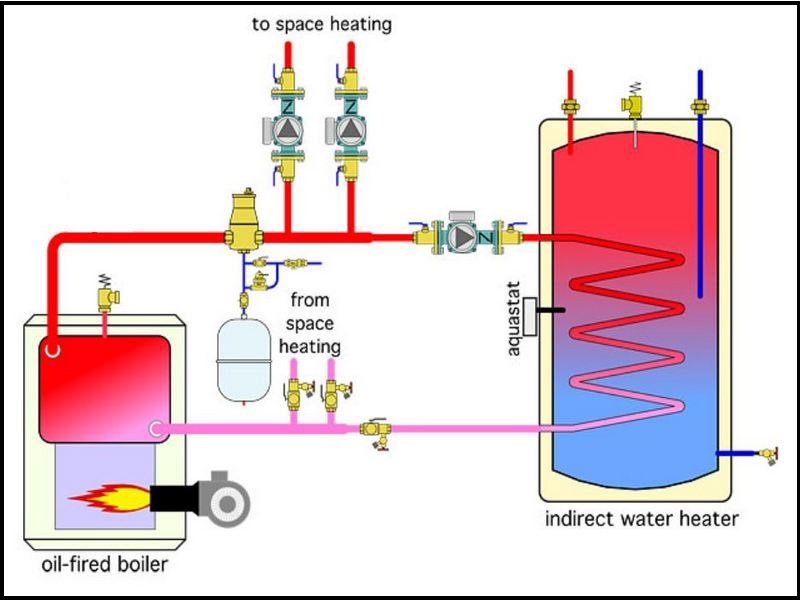
The tankless water heater has inadequate clearance to combustible materials. This is a fire hazard. Hire a plumber to provide repairs as needed.
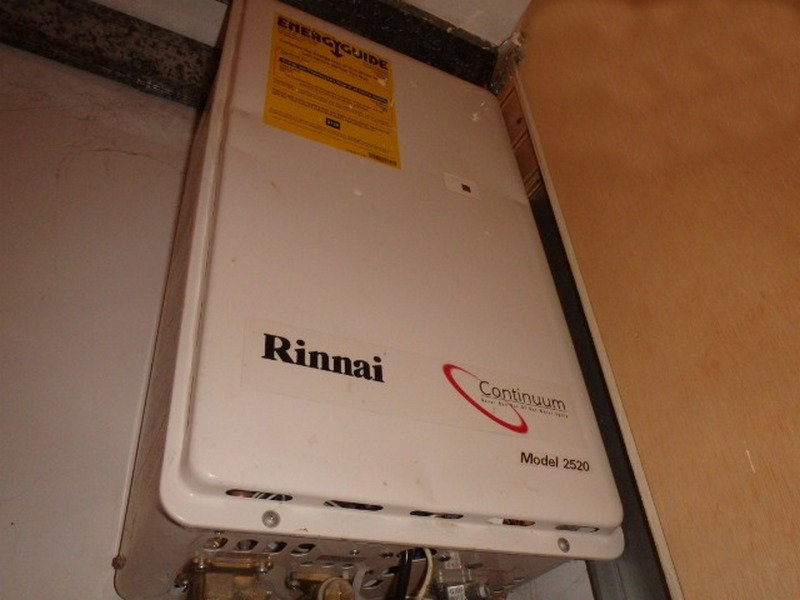
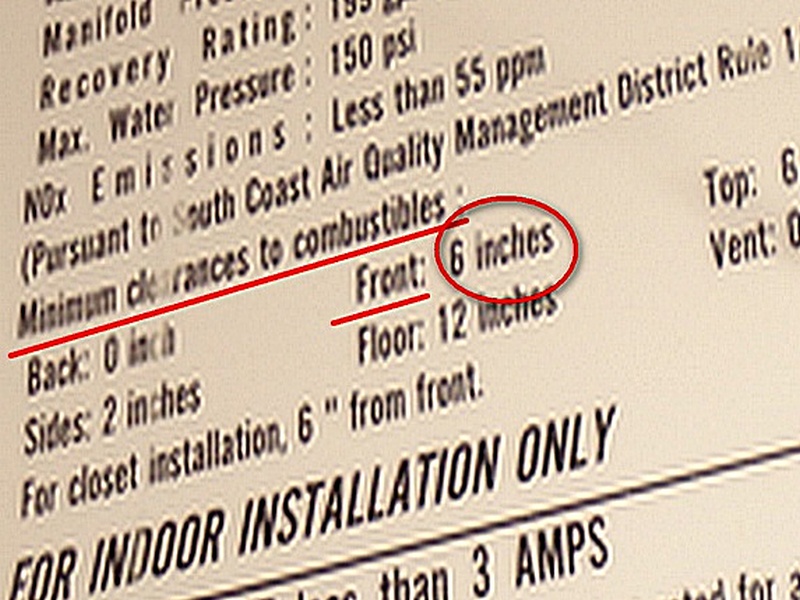
The tankless water heater is an exterior-only model, but has been installed indoors. This is a life safety issue. Discontinue using the appliance immediately and hire a plumber for repairs or replacement as needed.
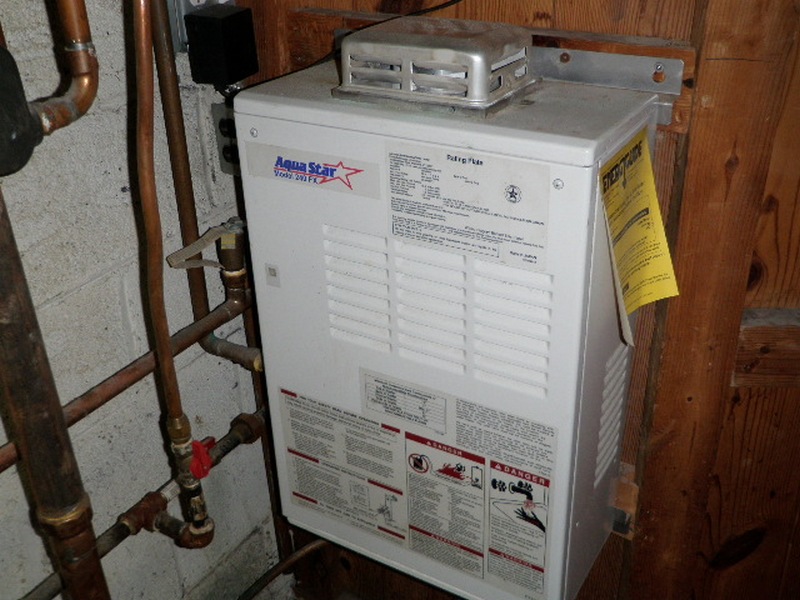
Category III and IV vents can be stainless steel or PVC.
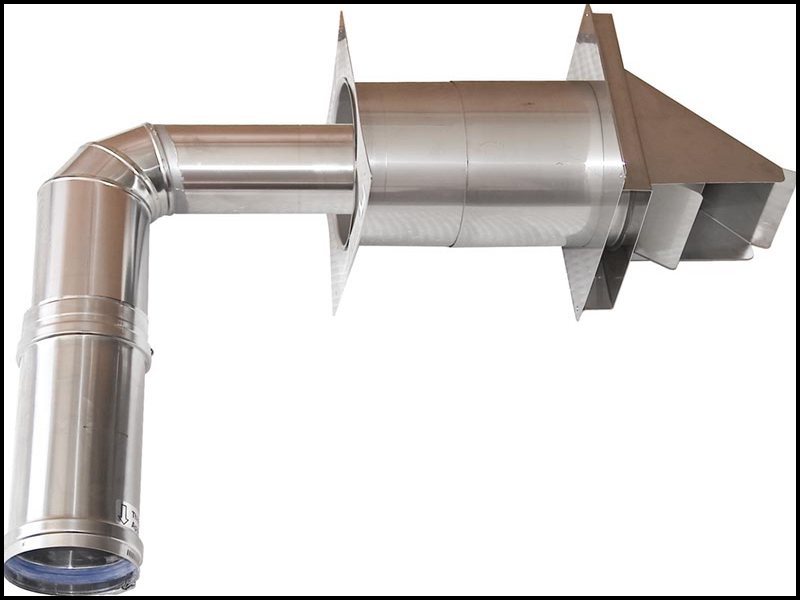
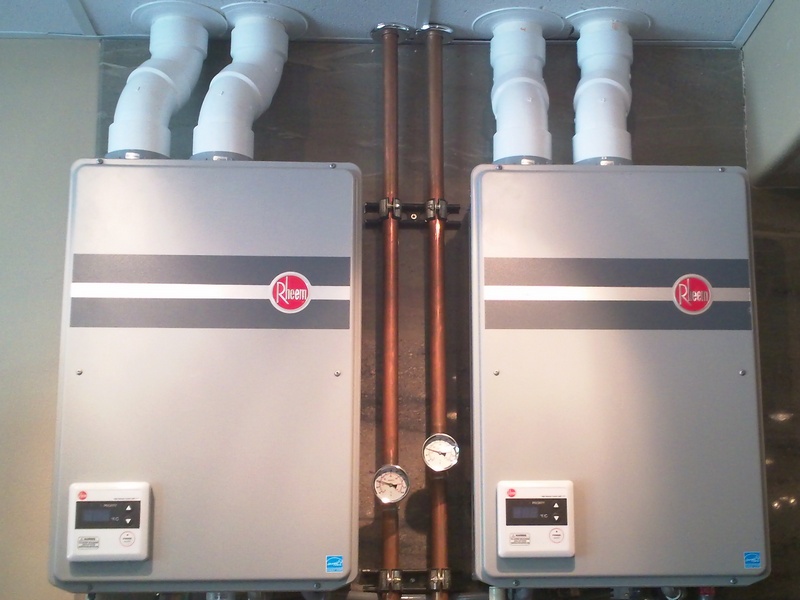
The water heater’s exhaust flue pipe is improperly sloped. This can permit exhaust gases to enter the living areas. Hire a plumber to reinstall the pipe with a proper slope.
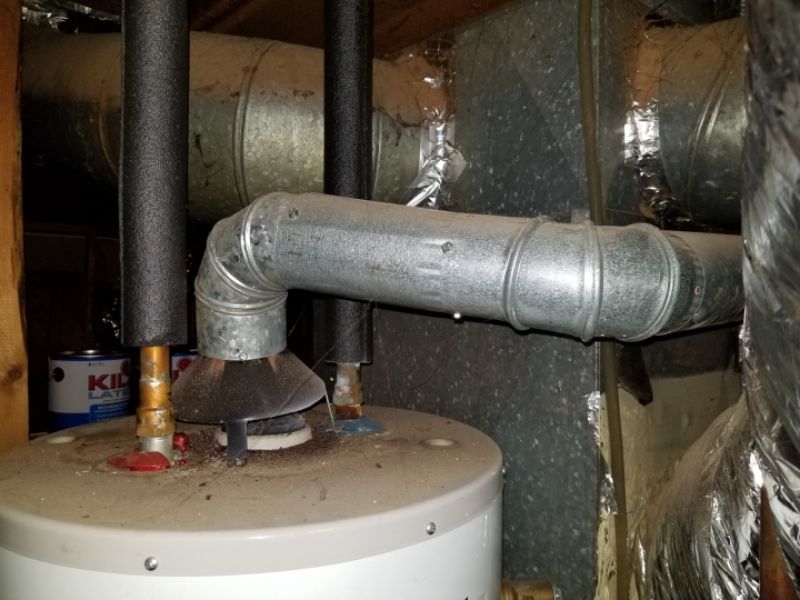
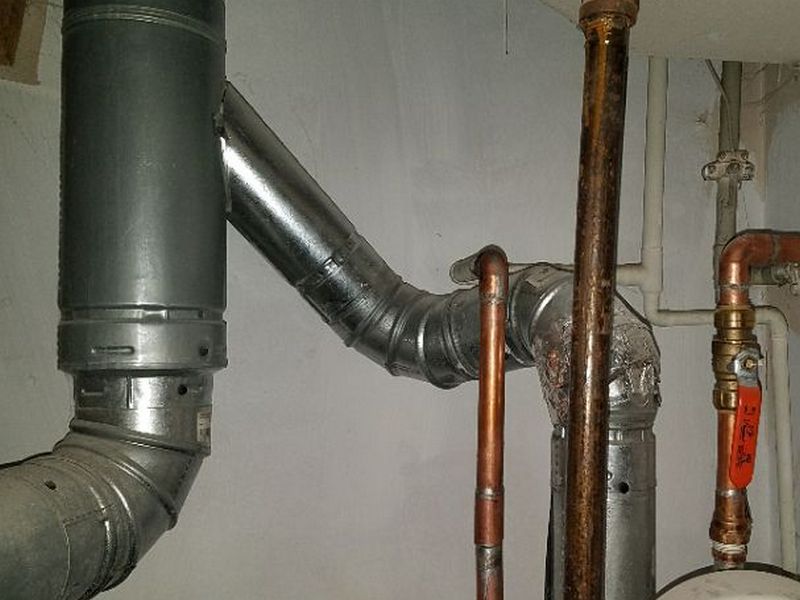
The water heater’s exhaust flue has inadequate clearance to combustible materials. This is a fire hazard. Remove the combustible materials.
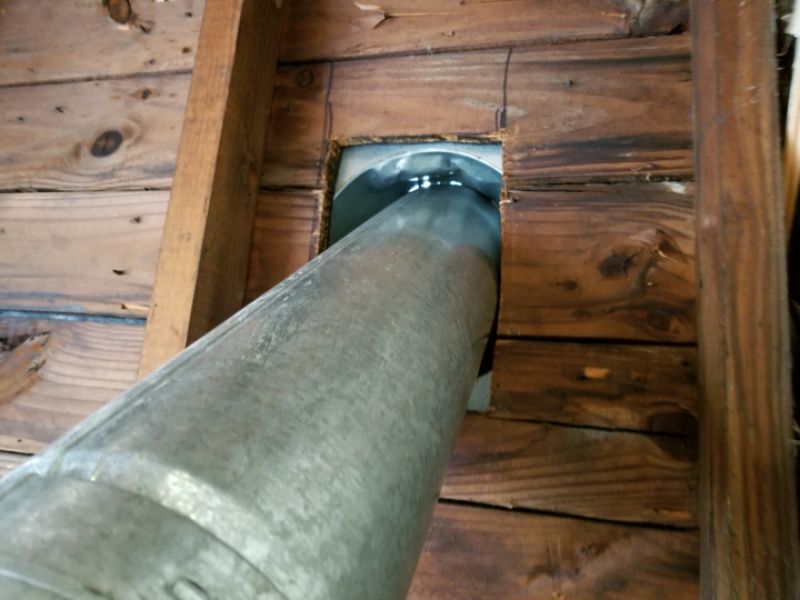
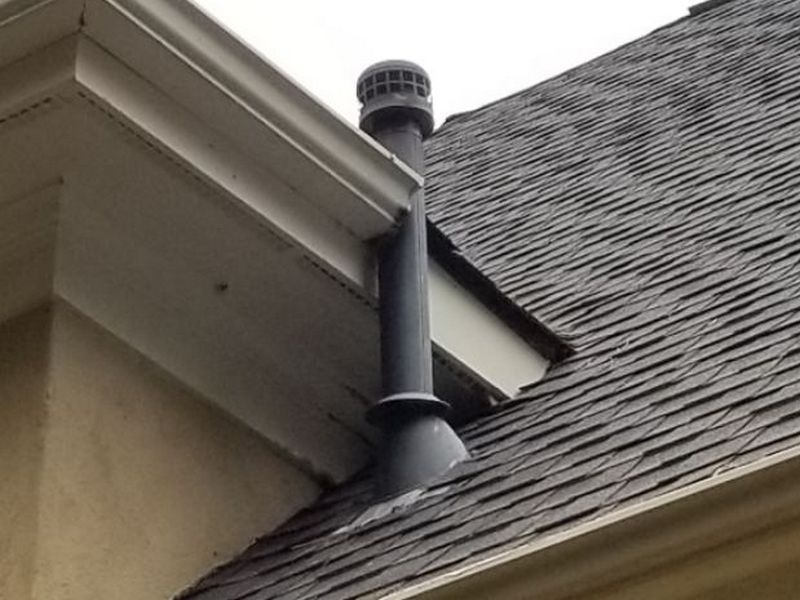
There are gaps in the water heater’s exhaust flue. This permits exhaust gases to enter the living areas. Hire a plumber to seal the gaps.
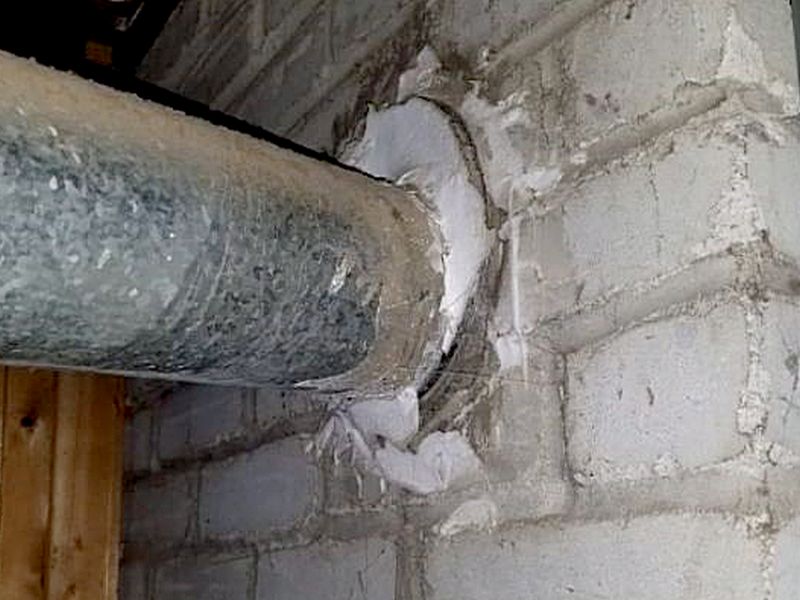
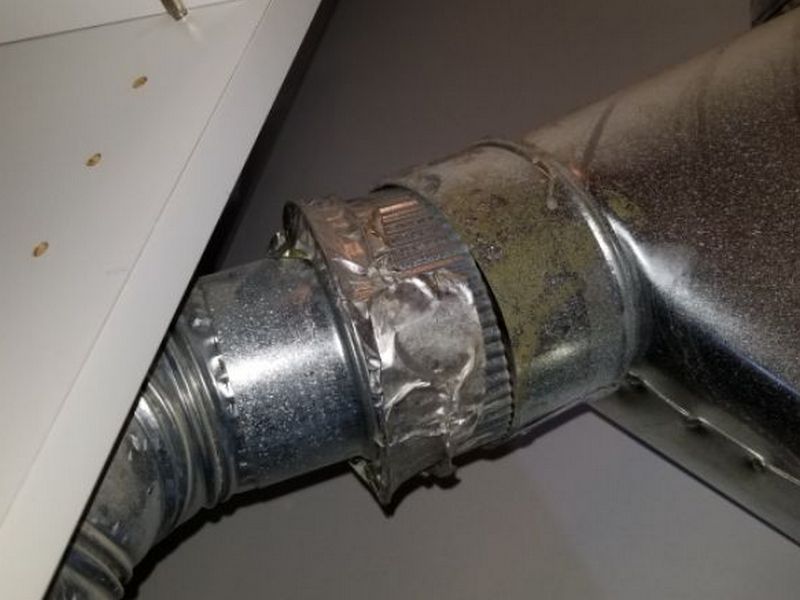
The water heater’s exhaust flue is corroded. This is a safety hazard that can permit exhaust gases to enter the living areas. Hire a plumber to replace the exhaust flue.
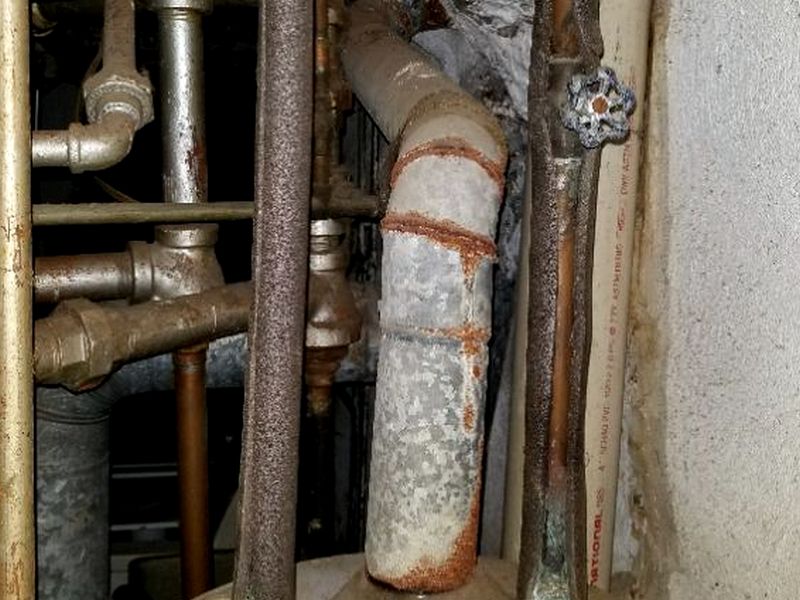
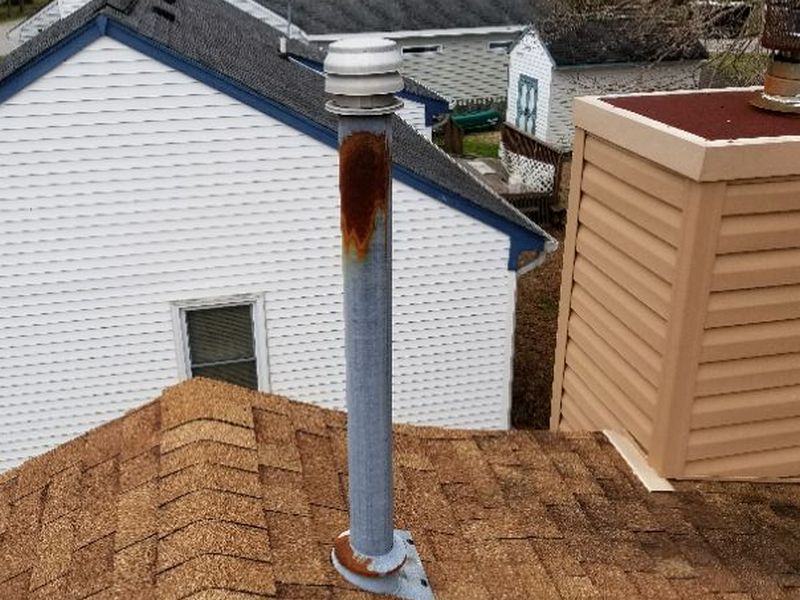
There is acidic precipitate at the water heater’s exhaust flue pipe. This implies a drafting problem that can permit flue gases to enter the living area. Hire a plumber to evaluate the exhaust system and to make required repairs.
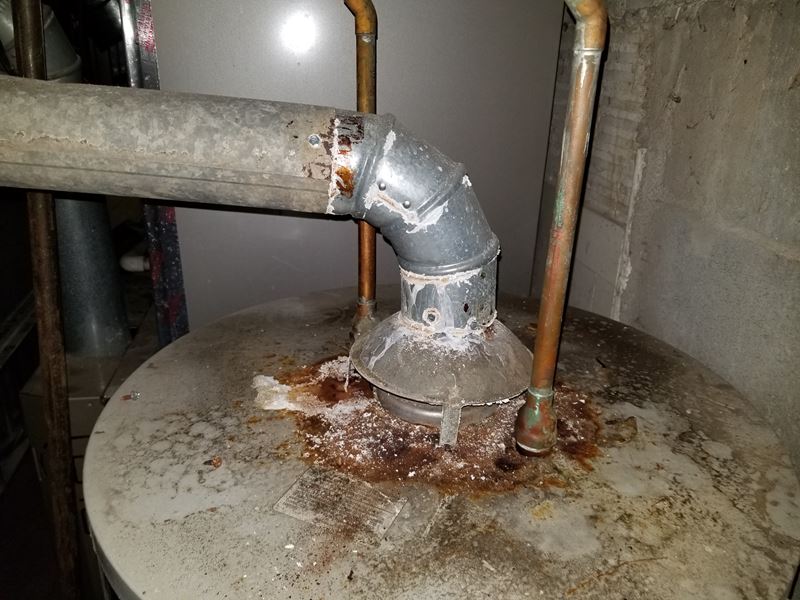
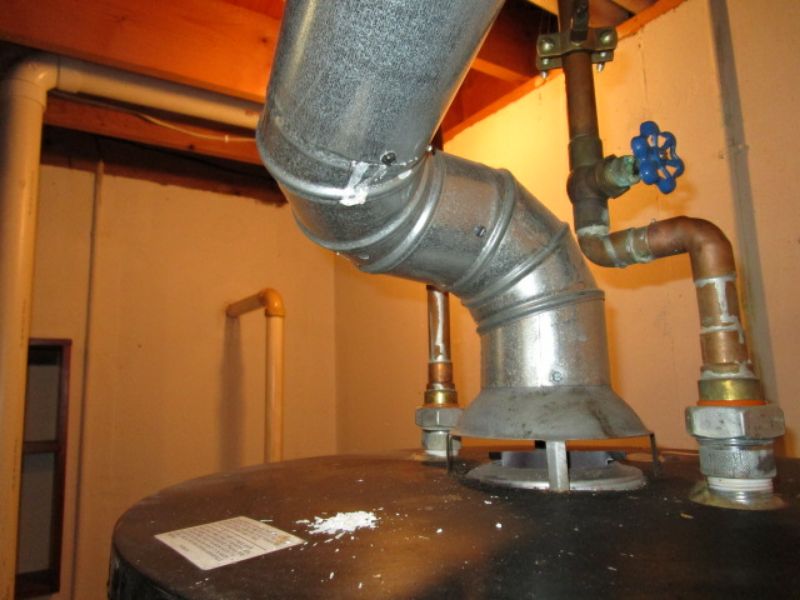
There are signs of back-drafting at the water heater. Back drafting is the venting of combustion gases through openings other than the flue. This is a safety hazard. Hire a plumber to evaluate the exhaust system and to make required repairs.
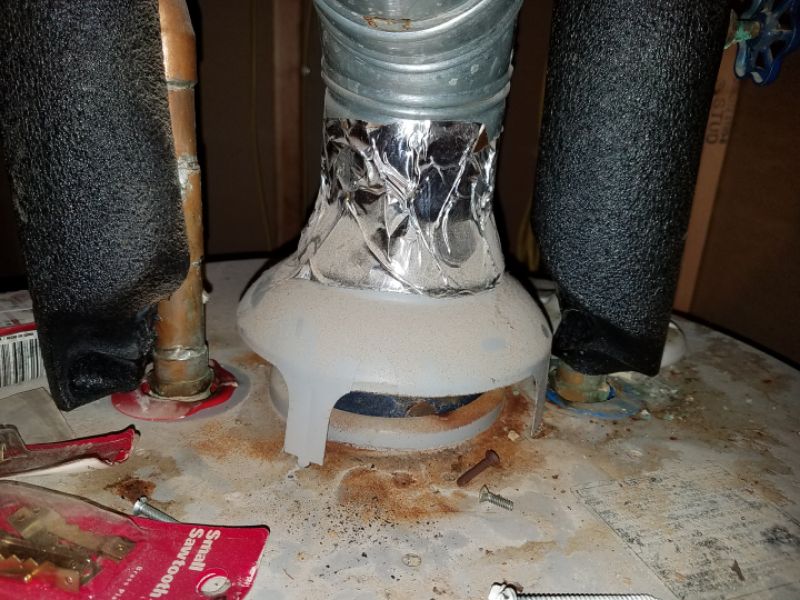
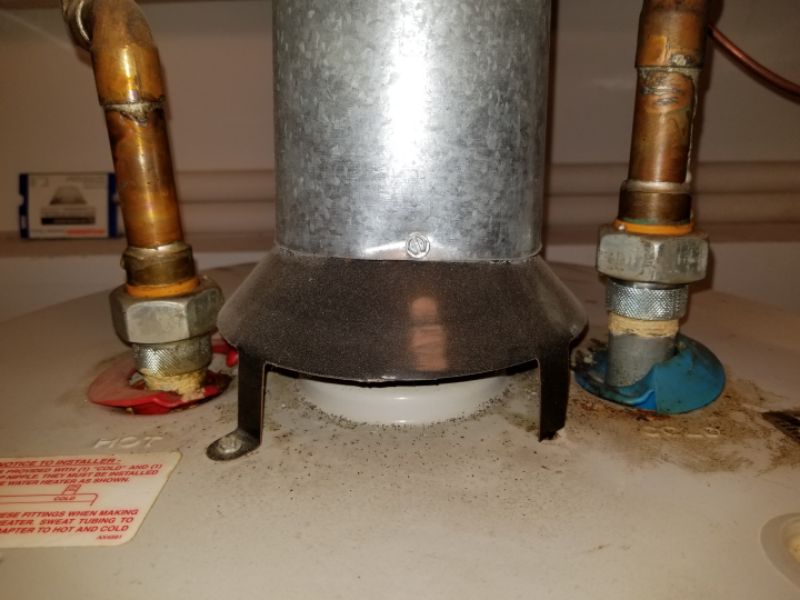
The water heater’s exhaust flue pipe is improperly installed. The flue pipe enters the chimney at a point lower than the heating system’s exhaust pipe. This is a safety concern that can cause back-drafting. Hire a plumber to reinstall the pipe.
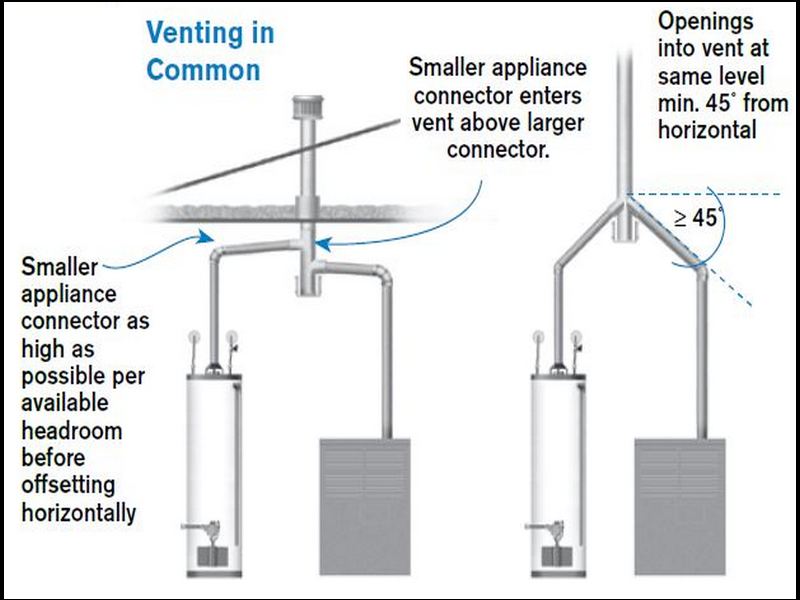
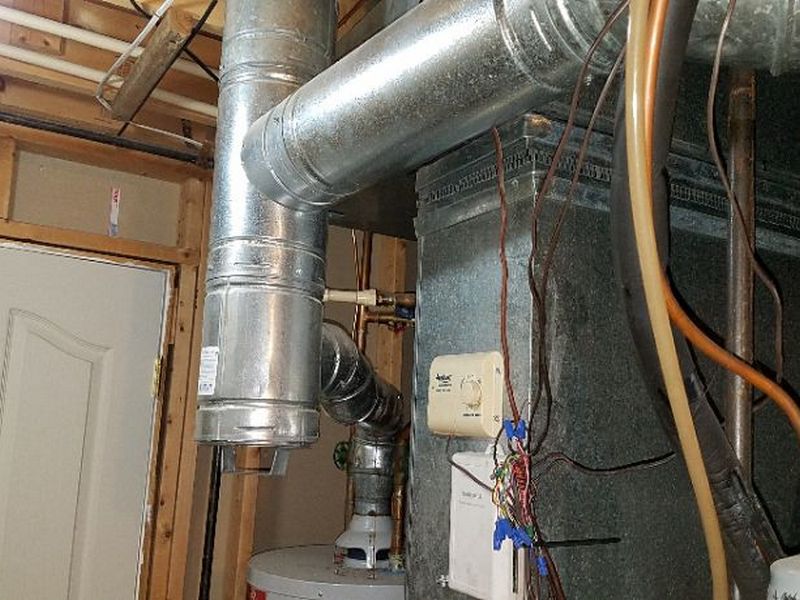
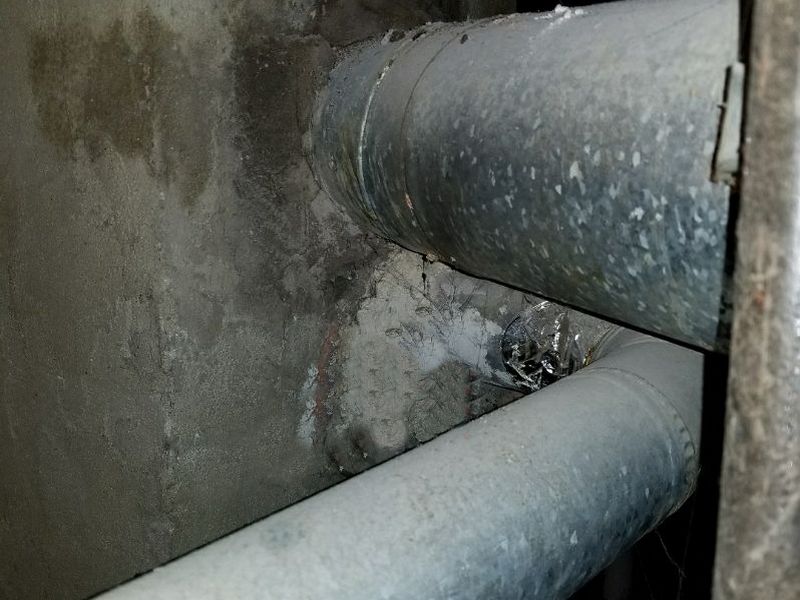
The water heater’s burner cover is damaged or missing. This is a safety hazard. Hire a plumber to replace the burner cover.
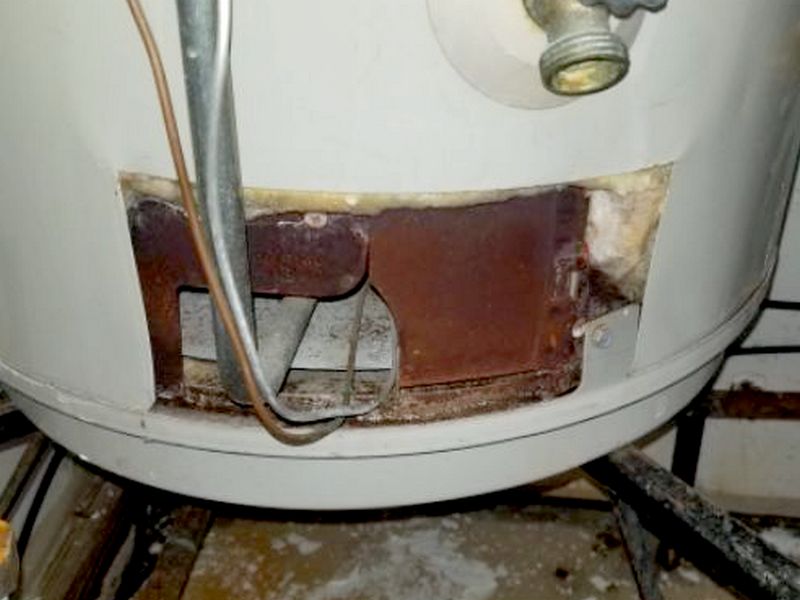
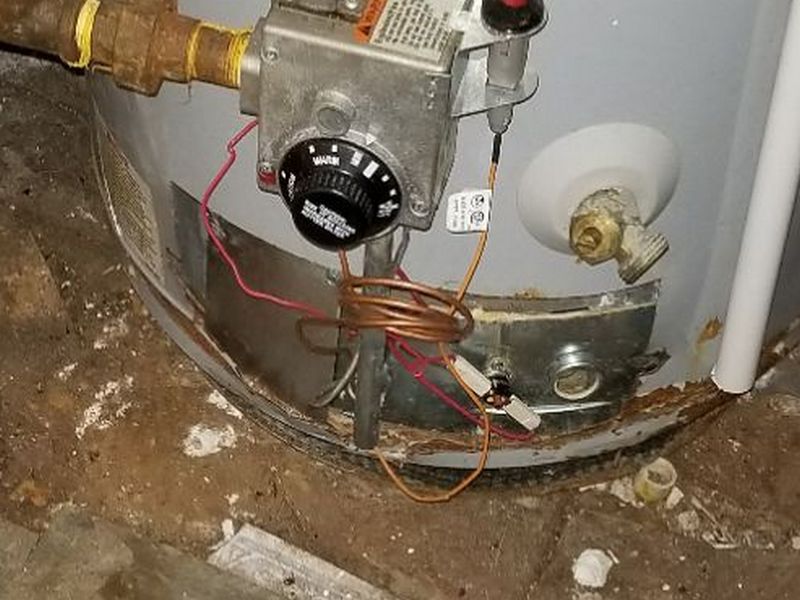
The water heater has scorch marks at the burner compartment. This indicates a hazardous flame rollout and a possible back-drafting problem. Hire a plumber to evaluate the scorch marks and to make required repairs.
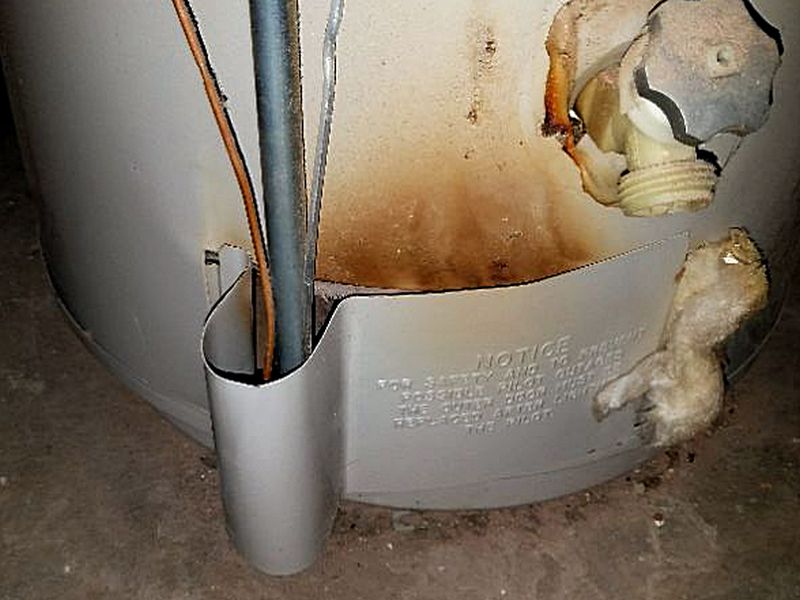
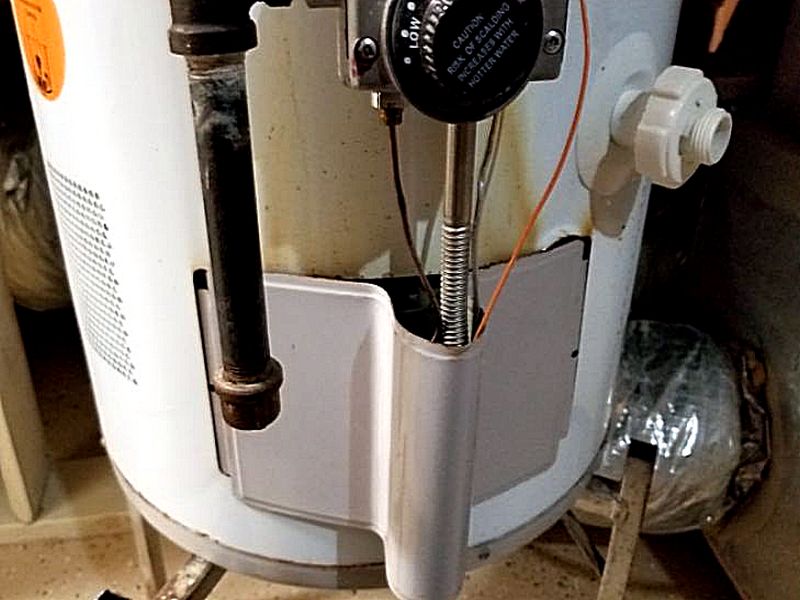
The water heater’s draft hood is loose or damaged. This can permit exhaust gases to enter the living areas. Hire a plumber to secure the draft hood.
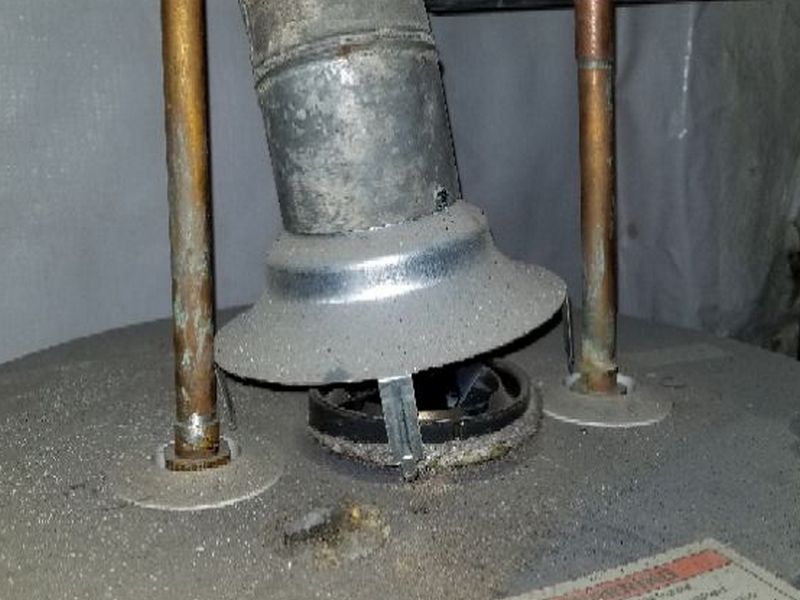
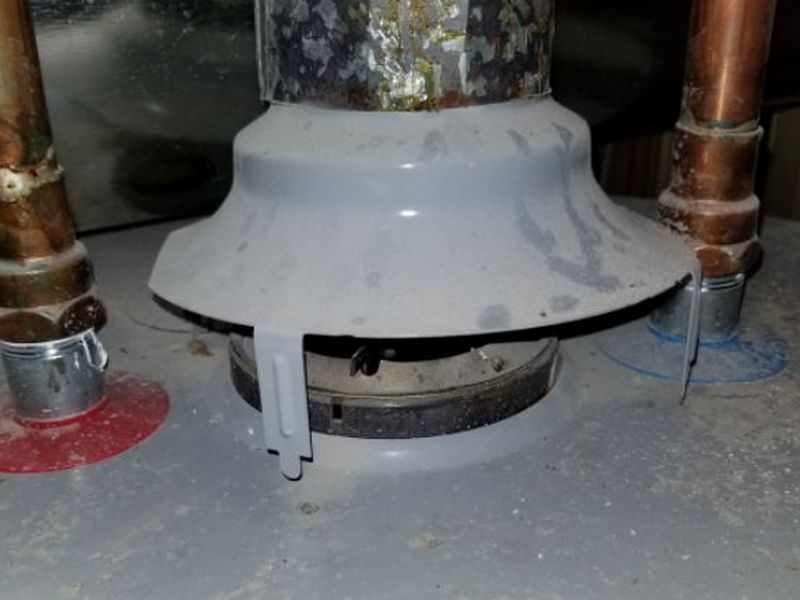
TPRV Discharge Pipes
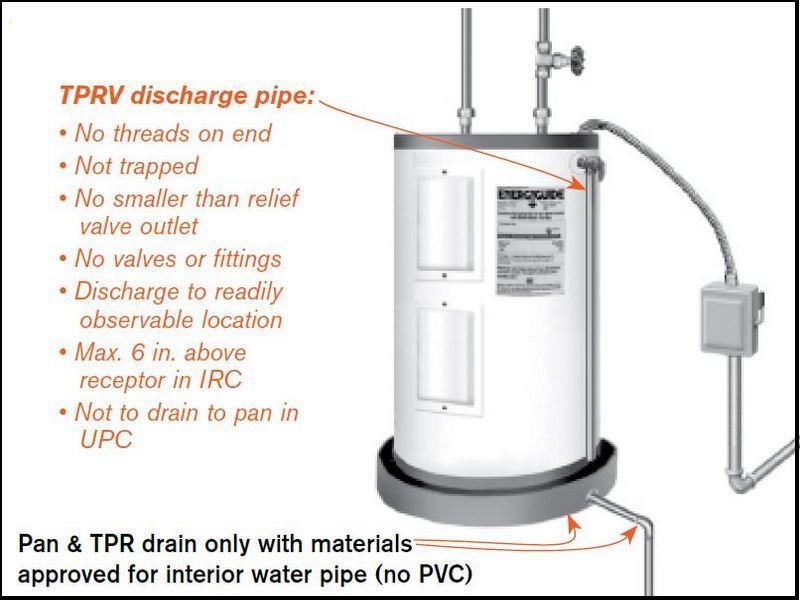
Staged Demonstration: the TPRV was capped and the appliance allowed to overheat.
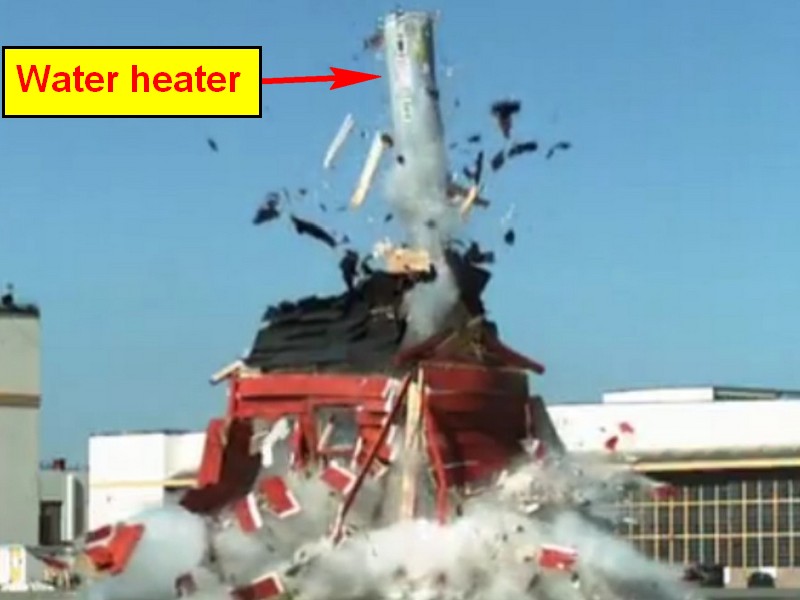
The water heater’s Temperature Pressure Relief Valve (TPRV) is capped or has a valve that can effectively prevent a discharge. This is a safety hazard that can damage the appliance or cause it to explode. Hire a plumber to replace the TPRV.
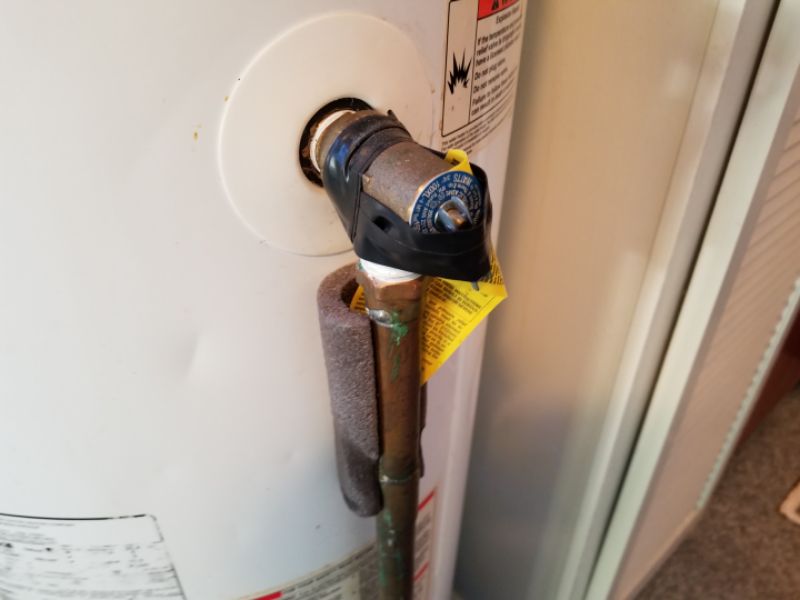
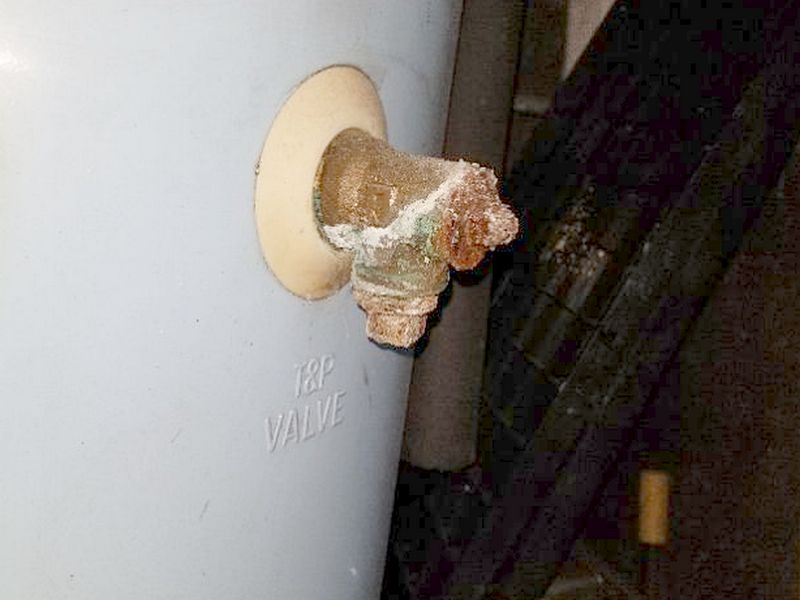
The water heater’s Temperature Pressure Relief Valve (TPRV) is leaking. It may not function as required, and can cause water damage. Hire a plumber to replace the TPRV.
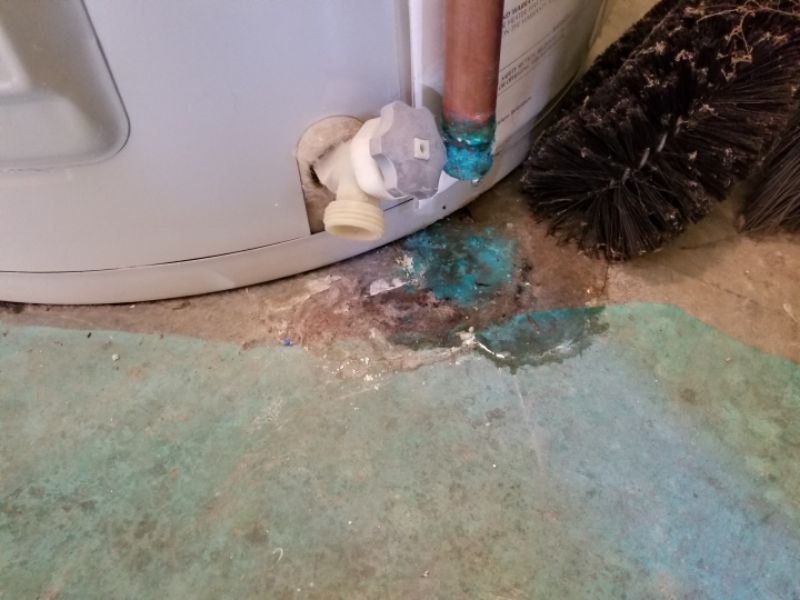
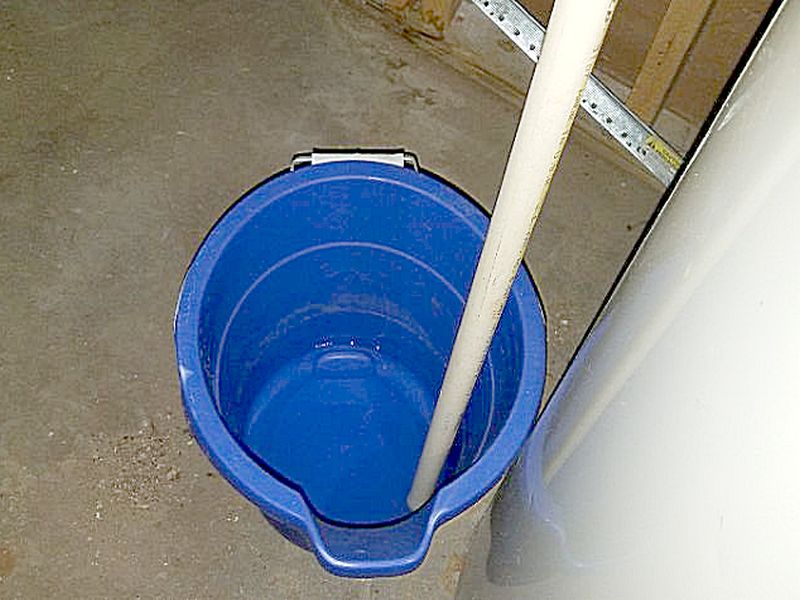
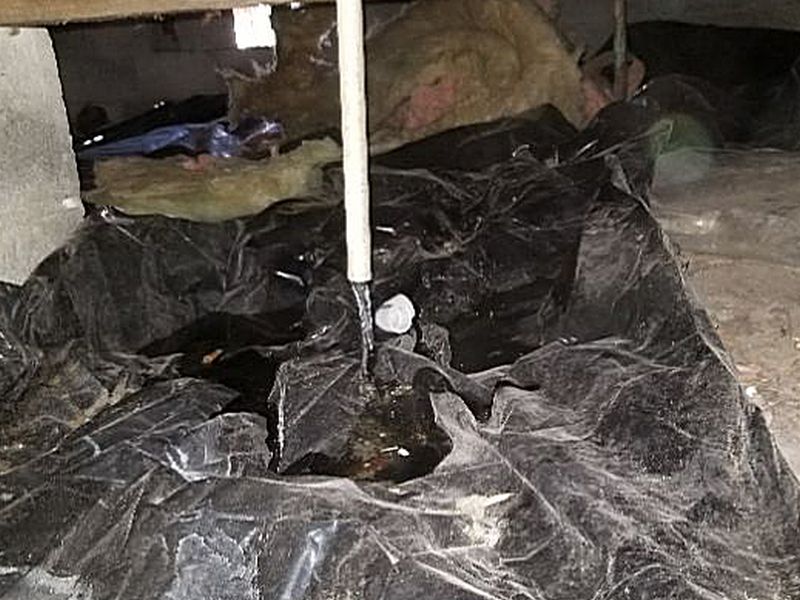
The water heater’s Temperature Pressure Relief Valve (TPRV) discharge pipe is too short. The pipe must be no more than 6″ from the floor to prevent a scalding injury should the valve open. Hire a plumber to replace the TPRV pipe.

The water heater’s Temperature Pressure Relief Valve (TPRV) extension pipe is missing. This is a scalding hazard should the valve open. Hire a plumber to replace the TPRV extension pipe.

The water heater’s Temperature Pressure Relief Valve (TPRV) extension pipe is an improper material. Flexible pipes, or those not rated for high temperatures, are a scalding hazard should the valve open. Hire a plumber to replace the TPRV extension pipe.
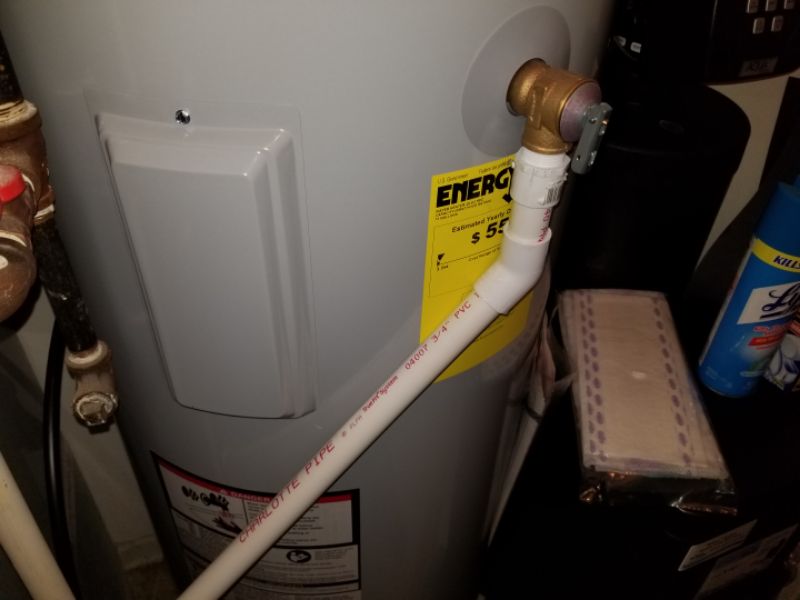
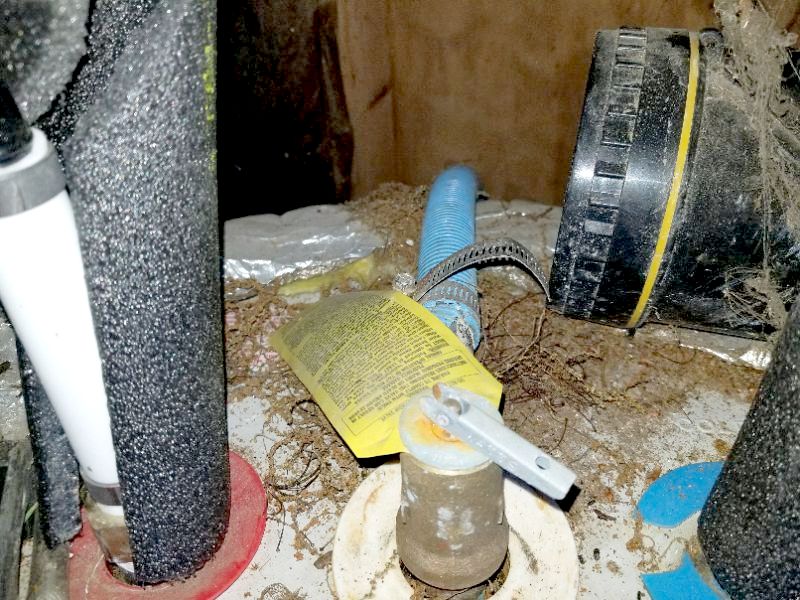
The water heater’s Temperature Pressure Relief Valve (TPRV) extension pipe is too small. The pipe must have the same diameter as the valve’s opening. This is a safety hazard. Hire a plumber to replace the TPRV pipe.
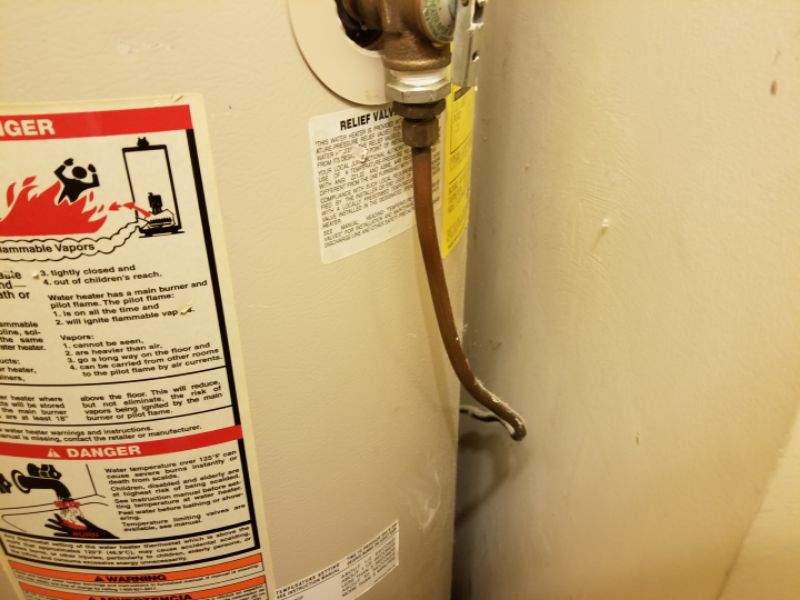

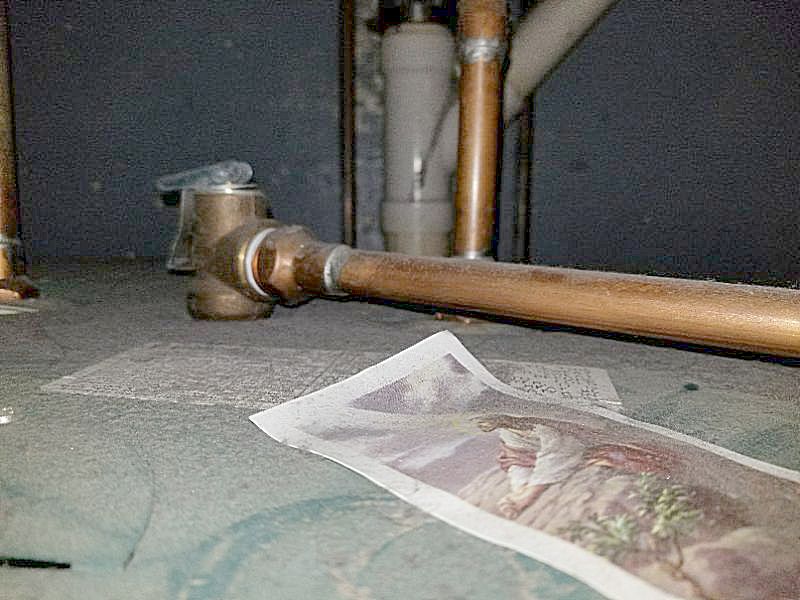
The water heater’s Temperature Pressure Relief Valve (TPRV) extension pipe is routed upwards. This is a safety hazard that can prevent the valve from opening when required. Hire a plumber to replace the TPRV extension pipe.
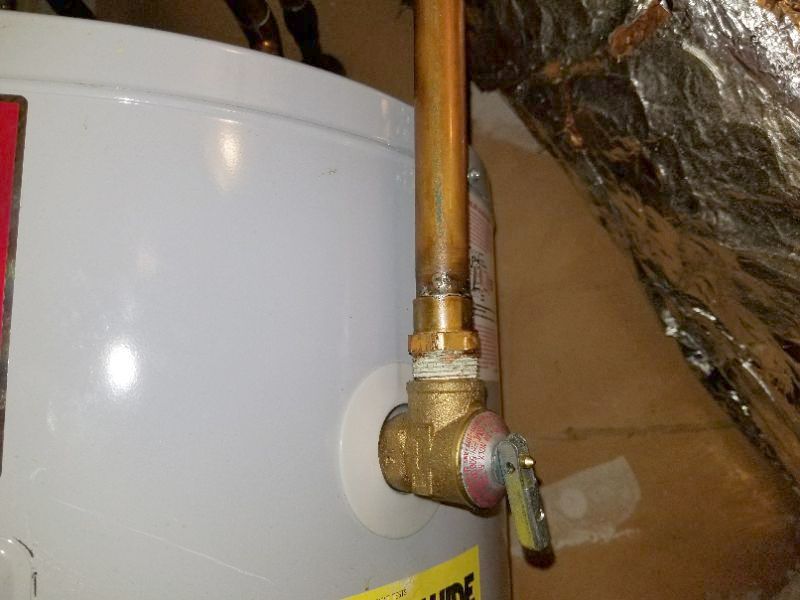
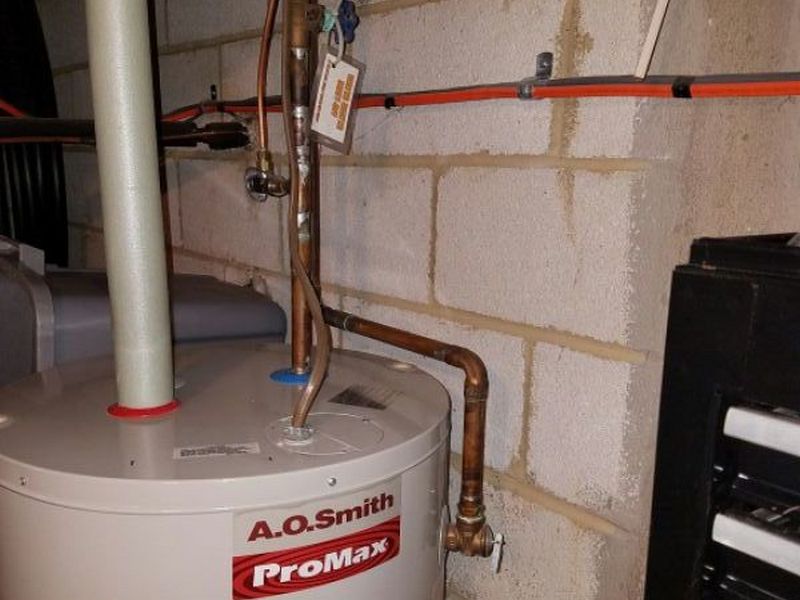
The water heater’s Temperature Pressure Relief Valve (TPRV) extension pipe is joined to other pipes. This is a safety hazard that can damage the appliance and cause a scalding injury. Hire a plumber to replace the TPRV extension pipe.
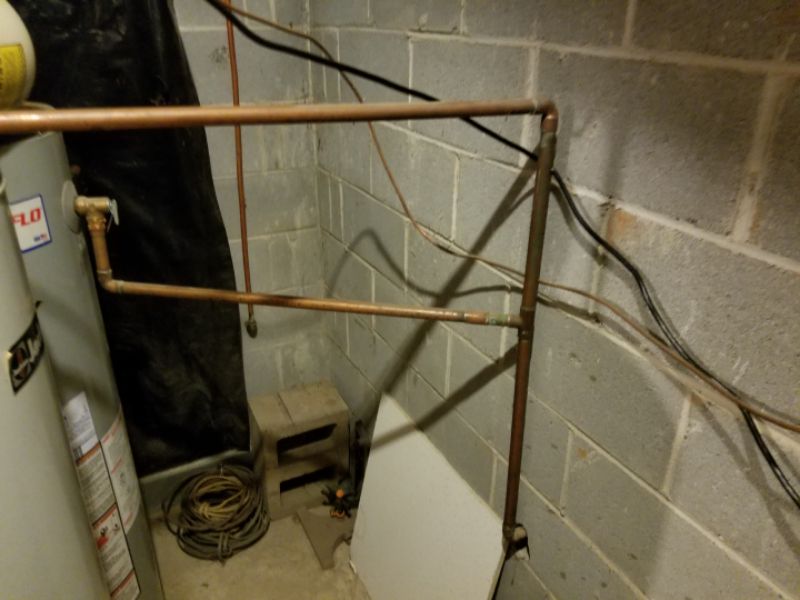
The water heater’s Temperature Pressure Relief Valve (TPRV) extension pipe is too long and/or has too many elbows. This is contrary to the manufacturers guidance and is a safety issue. Hire a plumber to replace the TPRV extension pipe.

